Preschool Toys
Nature’s Playground: Outdoor Toys for Active Preschoolers
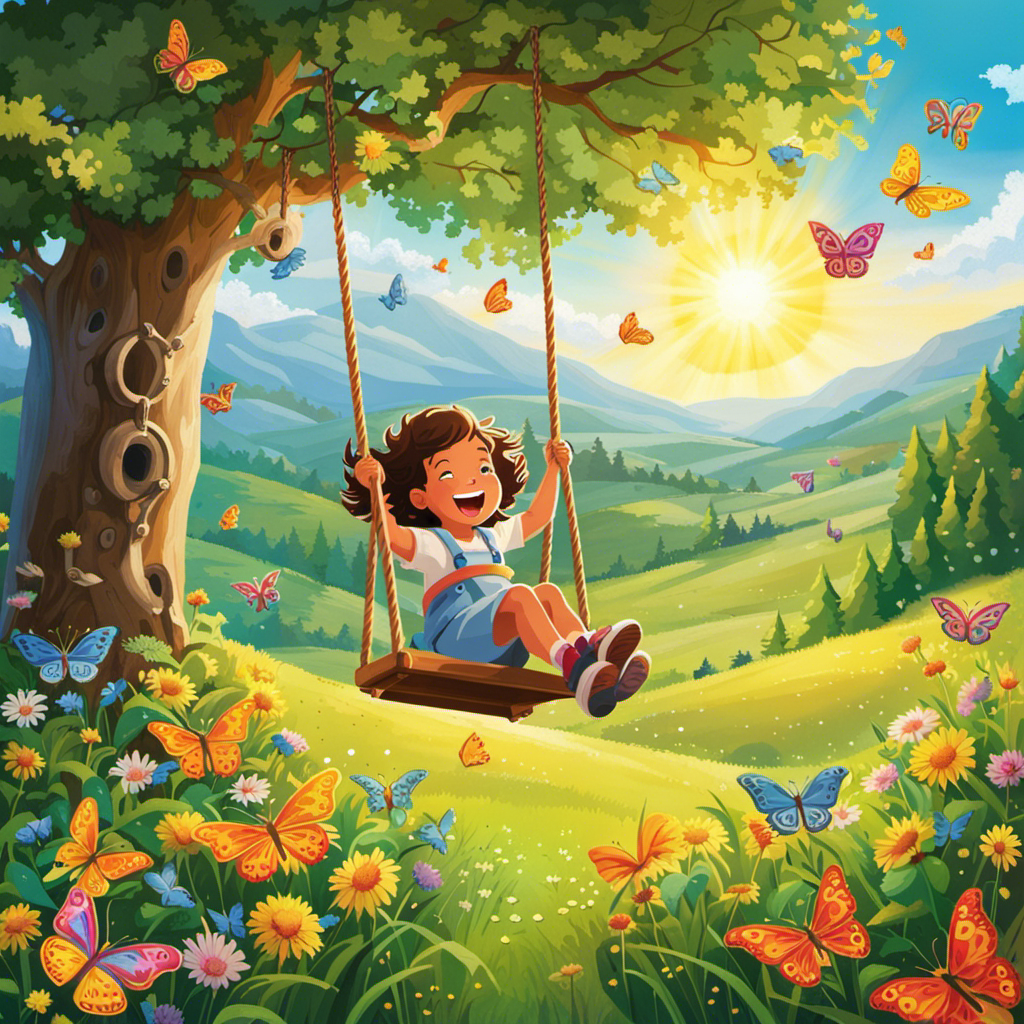
As a parent, I recognize the importance of ensuring that my preschooler remains physically active and mentally engaged.
Did you know that children who spend more time outdoors are healthier and have better concentration skills?
That’s why I’m excited to share with you some amazing outdoor toys that will turn your backyard into a nature’s playground.
From age-appropriate options to DIY ideas, we’ll explore the world of outdoor play and discover the perfect toys to help your little one develop gross motor skills and have a blast in the great outdoors.
Key Takeaways
- Outdoor play promotes cognitive development
- Outdoor toys enhance gross motor skills development
- Outdoor toys promote fine motor skills development and sensory play
- Supervision during outdoor play is essential for safety and a positive play experience
Benefits of Outdoor Play for Preschoolers
You’ll be amazed at the numerous benefits of outdoor play for your preschooler. Outdoor play not only provides a fun and engaging experience for your child but also contributes to their cognitive development. When kids play outside, they are exposed to various stimuli from the natural environment, such as different textures, sounds, and smells. This stimulates their senses and helps in the development of their cognitive abilities, including problem-solving, creativity, and critical thinking.
Moreover, outdoor play is also crucial for the development of social skills in preschoolers. When children engage in outdoor activities with their peers, they learn important social skills like sharing, taking turns, and cooperation. They have the opportunity to interact, communicate, and negotiate with others, which enhances their social development and helps them build relationships.
Now that we understand the benefits of outdoor play, let’s explore some age-appropriate outdoor toy options that can further enhance your child’s playtime.
Age-Appropriate Outdoor Toy Options
When it comes to outdoor play, safety should always be a top priority. In this discussion, I will be sharing some safe outdoor toy recommendations that will keep your little ones entertained and protected.
Additionally, I will also highlight the numerous benefits of outdoor play, from promoting physical fitness to enhancing cognitive development.
So let’s dive in and explore the world of age-appropriate outdoor toys and the amazing advantages they bring!
Safe Outdoor Toy Recommendations
It’s important to choose outdoor toys that are safe for preschoolers to play with. When selecting age-appropriate toy options, there are a few outdoor toy safety considerations to keep in mind:
- Material: Look for toys made of non-toxic, durable materials that can withstand rough play and weather conditions.
- Size: Ensure that the toys are large enough to prevent choking hazards but small enough for little hands to grip comfortably.
- Design: Opt for toys with rounded edges and no sharp or protruding parts to minimize the risk of injury.
By considering these aspects, you can provide a safe play environment for your preschooler while they explore and have fun outdoors.
Now, let’s delve into the benefits of outdoor play and how it positively impacts a child’s development.
Benefits of Outdoor Play
Spending time outside allows children to develop their imagination and creativity while also improving their physical health. Outdoor play has numerous benefits for children’s mental health and social skills.
When children engage in outdoor play, they have the opportunity to explore their surroundings and use their imagination to create new games and scenarios. This helps in developing their creativity and problem-solving skills. Additionally, being in nature has a calming effect on children’s mental health, reducing stress and anxiety.
Outdoor play also promotes social interaction and communication skills, as children have to negotiate, cooperate, and take turns with their playmates. They learn how to share, resolve conflicts, and develop empathy towards others. These social skills are crucial for their overall development and future relationships.
Transitioning into the subsequent section about safety considerations for outdoor toys, it is important to ensure that the toys and equipment used for outdoor play are safe and appropriate for children’s age and developmental stage.
Safety Considerations for Outdoor Toys
Before buying outdoor toys for your preschooler, make sure to consider their safety. As a parent, keeping your child safe is always a top priority, especially when it comes to outdoor play.
Here are three important outdoor toy safety guidelines to keep in mind:
-
Age Appropriateness: Ensure that the toy is suitable for your child’s age and developmental stage. Small parts or complex equipment may pose choking hazards or be too challenging for young children.
-
Durability and Stability: Choose toys that are sturdy and well-made to withstand rough play. Check for sharp edges or loose parts that could potentially cause injuries.
-
Importance of Supervision: No matter how safe a toy may be, it’s crucial to always supervise your child during outdoor play. Be attentive and ready to intervene if needed, ensuring a safe and enjoyable experience.
With these safety considerations in mind, let’s now move on to choosing the right outdoor toy for your preschooler, keeping their interests and abilities in focus.
Choosing the Right Outdoor Toy for Your Preschooler
Now, let’s consider the interests and abilities of your preschooler when choosing the perfect outdoor toy.
When it comes to outdoor toy selection, there are a few tips to keep in mind.
First, think about your child’s interests. Do they love climbing, running, or exploring? Look for toys that cater to their specific interests, such as a climbing dome or a balance bike.
Second, consider the durability factors of the toy. Preschoolers can be rough on their toys, so opt for ones that are made with sturdy materials and can withstand the elements. Look for toys that are weather-resistant and have reinforced seams.
By selecting a toy that matches your child’s interests and is built to last, you can ensure hours of outdoor fun and play.
Now, let’s move on to active games and toys for their gross motor skills development.
Active Games and Toys for Gross Motor Skills Development
When considering games and toys for gross motor skills development, it’s important to choose options that encourage movement and physical activity. Outdoor obstacle courses and active nature scavenger hunts are fantastic ways to engage preschoolers in active play while enhancing their gross motor skills. The table below highlights some exciting options for outdoor games and toys that promote gross motor skills development:
| Outdoor Obstacle Courses | Active Nature Scavenger Hunts |
|---|---|
| Tire Run | Animal Tracks |
| Balance Beam | Nature Colors |
| Rope Swing | Bug Hunt |
These activities not only provide opportunities for children to run, jump, balance, and climb but also stimulate their curiosity about the natural world. Transitioning into the subsequent section about outdoor toy ideas for fine motor skills development, we can explore ways to further enhance their overall physical development.
Outdoor Toy Ideas for Fine Motor Skills Development
When it comes to fine motor skills development, there are plenty of outdoor toy options that can engage children’s senses and enhance their coordination and dexterity.
Sensory play options like sand and water tables can provide a tactile experience that encourages exploration and creativity.
Building hand-eye coordination can be achieved through activities such as throwing and catching balls, playing with frisbees, or using a target game.
To enhance finger dexterity, toys like building blocks, puzzles, or even gardening tools can offer opportunities for manipulation and precise movements.
Sensory Play Options
If you want to engage your active preschooler in sensory play, there are many options available. Sensory play is not only fun but also essential for their development.
Here are some sensory play options that your little one will love:
-
Messy play ideas: Let your child explore different textures and sensations through messy play. Set up a sensory bin with water, sand, or even cooked spaghetti. They can dig their hands in, squish, and squeeze, stimulating their tactile senses.
-
Sensory nature walks: Take your preschooler on a sensory adventure in nature. Encourage them to touch leaves, smell flowers, and listen to the sounds of birds chirping. This outdoor exploration will awaken their senses and deepen their connection with the natural world.
-
Sensory art activities: Get creative with sensory art projects. Finger painting, using different materials like feathers or cotton balls, allows your child to explore different textures while expressing their creativity.
Building Hand-Eye Coordination
Engaging in sensory play helps develop hand-eye coordination in preschoolers. It’s amazing how something as simple as playing with sand or pouring water can enhance coordination and develop motor skills in young children.
As they scoop handfuls of sand and watch it slip through their fingers, their eyes track the movement, and their hands adjust their grip. They learn to coordinate their movements to achieve their desired outcome.
Whether it’s stacking blocks or threading beads, every activity contributes to their hand-eye coordination. These activities not only improve their ability to manipulate objects but also lay the foundation for more complex skills in the future.
As children develop their hand-eye coordination, they also enhance their finger dexterity, allowing them to manipulate and control objects with more precision.
Enhancing Finger Dexterity
Enhancing finger dexterity can be achieved through activities that require precise manipulation and control of objects. It’s not just about finger strength, but also about hand coordination. Here are some fun and engaging activities that can help improve finger dexterity:
-
Playing with building blocks: Assembling and disassembling blocks not only enhances finger strength but also improves hand-eye coordination.
-
Stringing beads: This activity involves threading beads onto a string, which requires fine motor skills and finger control.
-
Playing with playdough: Manipulating playdough by rolling, twisting, and shaping it helps strengthen finger muscles and improves dexterity.
-
Puzzles and board games: These games involve precise finger movements to place puzzle pieces or move game tokens, enhancing finger dexterity and hand coordination.
Water Play Toys for Hot Summer Days
Don’t forget to grab your swimsuit and sunscreen for those hot summer days – water play toys are a must! When the temperature rises, there’s nothing more refreshing and exciting for preschoolers than engaging in water balloon fights and playing with sprinkler toys. These activities not only keep them cool, but also provide endless fun and laughter. Imagine the joy on their faces as they dodge water balloons, giggling with delight. And with the help of sprinkler toys, they can run and jump through a curtain of refreshing water, feeling like they’re in their own mini water park. To give you an idea of the variety of water play toys available, here’s a table showcasing some popular options:
| Water Play Toys | Description | Age Range |
|---|---|---|
| Water Balloons | Colorful balloons filled | 3 and up |
| with water for epic | ||
| splash battles | ||
| Sprinkler Toys | Fun and interactive | 2 and up |
| sprinkler systems that | ||
| spray water in different | ||
| patterns | ||
| Inflatable Pools | Portable pools that can | 1 and up |
| be set up in the backyard | ||
| for hours of splashing | ||
| Water Guns | Pump-action guns that | 4 and up |
| shoot streams of water | ||
| for competitive play |
These water play toys provide endless entertainment and opportunities for imaginative play. But the fun doesn’t stop here – let’s dive into the next section about exploring nature: outdoor toys for sensory exploration.
Exploring Nature: Outdoor Toys for Sensory Exploration
After a refreshing water play session, it’s time to venture into the great outdoors and explore nature with some exciting sensory activities. As a preschooler, I love using my senses to discover the world around me. Outdoor sensory exploration provides numerous benefits for my development, such as enhancing my cognitive skills, promoting creativity, and improving my motor skills.
Here are some amazing outdoor toys that encourage sensory exploration:
- Butterfly net: I can catch and observe delicate butterflies up close, marveling at their vibrant colors.
- Nature scavenger hunt kit: This helps me engage with my surroundings, searching for different textures, colors, and sounds.
- Sand and water table: I can dig, pour, and scoop to my heart’s content, feeling the different textures and experimenting with water flow.
- Magnifying glass: This allows me to examine tiny insects, plants, and objects in detail, satisfying my curiosity about the world.
Now, let’s take a leap into the world of imaginative play with outdoor toys that spark creativity and storytelling.
Outdoor Toys to Encourage Imaginative Play
When it comes to playing outdoors, imagination is the key that unlocks a world of possibilities. Role-playing with nature allows children to tap into their creativity, transforming sticks into swords, rocks into castles, and trees into secret hideouts.
By promoting creativity through play, children learn to think outside the box, problem-solve, and express themselves in unique ways.
The benefits of outdoor imagination extend far beyond the playtime, fostering cognitive development, emotional well-being, and a lifelong love for nature.
Role-Playing With Nature
You can enhance your preschooler’s imagination and creativity by encouraging them to engage in role-playing with nature.
One way to do this is by providing them with nature-inspired costumes that they can use during outdoor pretend play. Imagine your little one transforming into a fairy with wings made from leaves, or a brave explorer donning a safari hat and binoculars made from twigs.
These costumes not only spark their imagination but also connect them with the natural world around them. As they immerse themselves in this make-believe world, they will begin to discover the wonders of nature and develop a deeper appreciation for it.
This role-playing with nature sets the stage for promoting creativity through play, allowing children to think outside the box, come up with unique ideas, and explore endless possibilities.
Promoting Creativity Through Play
Encouraging creativity through play allows children to explore their imagination and come up with unique ideas. It’s important to provide opportunities for children to engage in water play and nature exploration, as these activities can greatly enhance their creativity.
Here are some ways to promote creativity through play:
- Provide a water table or sensory bin filled with water and various objects for children to explore and experiment with.
- Encourage children to create their own nature art using materials they find outside, such as leaves, flowers, and sticks.
- Set up a pretend play area where children can use their imagination to create different scenarios and act them out.
- Offer open-ended materials like building blocks or clay that allow children to manipulate and create in their own unique way.
Benefits of Outdoor Imagination
Playing outdoors sparks children’s imaginations and fosters their creative thinking skills. Outdoor pretend play allows children to explore their surroundings and engage in imaginative scenarios. Whether they are pretending to be pirates on a backyard island or creating a magical fairy garden, the possibilities are endless in the great outdoors.
Nature inspired toys such as bug catchers, binoculars, and gardening tools can enhance their play experience and encourage them to connect with the natural world. These toys provide a hands-on approach to learning, allowing children to observe and interact with their environment.
As they use their imaginations to create stories and role-play, they develop problem-solving skills and learn to think outside the box. Building and construction toys for outdoor fun offer another avenue for creativity, allowing children to construct forts, obstacle courses, and other structures using materials like blocks, sticks, and ropes.
Building and Construction Toys for Outdoor Fun
Building and construction toys are a great way for preschoolers to have fun outdoors. With building blocks, they can unleash their creativity and build their own little worlds. I remember when I was a child, spending hours in the backyard, constructing towering castles and intricate cities with my building blocks.
The fresh air and sunshine added a whole new level of excitement to my playtime. These toys not only engage their minds but also help develop their fine motor skills as they manipulate and stack the blocks. It’s amazing to see how their imaginations come to life as they build and create.
And the best part is, they can take their constructions outside and let their ideas soar in the open air.
Now, let’s move on to the next section about sports equipment for active play.
Sports Equipment for Active Play
When it comes to sports equipment for active play, two key points to consider are safety and the enhancement of gross motor skills.
As a parent, I want to ensure that my child is using equipment that is safe and well-made, reducing the risk of injuries.
Additionally, I want to choose equipment that will help my child develop and improve their gross motor skills, such as coordination, balance, and agility.
Safe Sports Equipment
To keep yourself safe while playing sports, make sure to wear the appropriate protective gear. It’s essential to invest in safe sports equipment that not only enhances your performance but also reduces the risk of injuries.
Here are three must-have items for safe sports play:
-
Helmets: Protect your head from potential impact and head injuries by wearing a properly fitted helmet. Whether you’re biking, skateboarding, or playing contact sports, a helmet is a crucial piece of protective gear.
-
Knee and Elbow Pads: These pads provide cushioning and support to your joints, reducing the risk of scrapes, bruises, and fractures. They are particularly important for sports like rollerblading, skateboarding, and inline skating.
-
Mouthguards: Protect your teeth and jaw from potential damage by wearing a mouthguard during contact sports. This essential gear helps absorb impact and prevent dental injuries.
With the right safe sports equipment, you can enjoy your favorite activities while minimizing the risk of injuries.
Now, let’s explore how outdoor toys can enhance gross motor skills.
Enhancing Gross Motor Skills
You can enhance your gross motor skills by engaging in physical activities that require coordination, balance, and strength. One way to do this is by participating in outdoor obstacle courses. These courses are designed to challenge both your mind and body as you navigate through various obstacles such as climbing walls, balance beams, and rope courses.
The natural elements of these courses, such as climbing trees or crossing streams, add an extra level of excitement and adventure. Additionally, nature-inspired movement activities, such as hiking, tree climbing, and exploring natural landscapes, can also help improve your gross motor skills. These activities require you to use your muscles and coordination to navigate uneven terrain and overcome obstacles.
By incorporating outdoor obstacle courses and nature-inspired movement activities into your routine, you can strengthen your gross motor skills while enjoying the beauty of the great outdoors.
Now, let’s transition into exploring the next exciting topic: musical instruments for outdoor music making.
Musical Instruments for Outdoor Music Making
Don’t forget to grab your favorite instrument for some outdoor music making! The joy of creating melodies in the fresh air is unmatched. As the sun shines down, I feel the rhythm flowing through me, and my outdoor percussion instruments come alive.
The sound of drums beating, cymbals clashing, and tambourines jingling fills the air, bringing an instant sense of excitement and energy.
- The rhythmic beats of the drums evoke a primal sense of power and release.
- The soothing sound of wind chimes dancing in the breeze brings a peaceful and calming effect.
- The playful tinkling of a xylophone or a glockenspiel puts a smile on my face and sparks a sense of childlike wonder.
Now that you’re in the musical spirit, let’s explore some DIY outdoor toy ideas for budget-friendly fun.
DIY Outdoor Toy Ideas for Budget-Friendly Fun
If you’re looking for budget-friendly fun, try making some DIY toys for outdoor play. Not only will it save you money, but it can also be a great way to bond with your child and encourage their creativity. One of my favorite DIY water play ideas is creating a nature-inspired sensory table. You can use a simple plastic tub or even an old water table and fill it with various natural materials like rocks, shells, and leaves. This allows your child to explore different textures and engage in imaginative play. Another fun DIY toy is a homemade water wall. Using recycled materials like plastic bottles and tubes, you can create a water maze that your child can pour water through and watch it flow. It’s a great way to introduce them to basic physics concepts while keeping them entertained for hours.
| DIY Water Play Ideas | Nature Inspired Sensory Toys |
|---|---|
| Nature-inspired sensory table | Homemade water wall |
| Water balloons | Sensory bottles |
| DIY sprinkler | Nature scavenger hunt |
Now that you have some ideas for DIY outdoor toys, let’s talk about how to store and maintain them properly.
Outdoor Toy Storage and Maintenance Tips
After having a blast with budget-friendly DIY outdoor toys, it’s important to keep them organized and well-maintained for future play.
Outdoor toy organization can be a lifesaver when it comes to keeping your backyard tidy and ensuring all the pieces are accounted for. One idea is to designate a specific area for outdoor toys, such as a bin or storage shed, to prevent them from getting scattered around.
Additionally, regular outdoor toy cleaning is essential for hygiene and longevity. Start by giving them a good rinse with a hose to remove dirt and debris. For plastic toys, mix a solution of mild soap and water to wipe them down. Don’t forget to dry them thoroughly before storing.
With proper outdoor toy organization and cleaning, your little ones can continue to enjoy their nature’s playground for years to come!
Frequently Asked Questions
Can Outdoor Play Benefit a Preschooler’s Cognitive Development?
Outdoor play can greatly benefit a preschooler’s cognitive development. It offers a break from screen time and allows children to engage in physical activities that promote learning and problem-solving skills.
What Are Some Appropriate Outdoor Toy Options for Preschoolers Aged 3-5?
As a preschooler, my favorite outdoor toys for gross motor skill development are bikes, scooters, and jump ropes. They keep me active and help me build strength and coordination while having fun outside.
How Can Parents Ensure the Safety of Their Children While Playing With Outdoor Toys?
To ensure my child’s safety while playing with outdoor toys, I always make sure to supervise them closely. I keep a watchful eye on their activities, check for any potential hazards, and teach them about safety rules.
What Factors Should Parents Consider When Choosing an Outdoor Toy for Their Preschooler?
When choosing an outdoor toy for my preschooler, I consider factors like durability and educational value. I want something that will last and also help them learn and develop while having fun.
Are There Any Outdoor Toys That Can Help Improve a Preschooler’s Social Skills?
Outdoor toys that promote teamwork and cooperation, such as a rope course or a giant puzzle, can help improve a preschooler’s social skills. Additionally, outdoor play has been shown to have positive effects on emotional development.
Conclusion
In conclusion, outdoor play is essential for the development of preschoolers. It not only promotes physical activity and gross motor skills, but also encourages imagination, creativity, and social interaction.
By providing age-appropriate outdoor toys and ensuring safety measures, we can create a nature’s playground for our little ones. So, why wait? Let’s get them outside, exploring, and having fun!
After all, what’s more exciting than seeing our preschoolers running, jumping, and laughing in the great outdoors?
Avery brings the magic of words to life at Toddler Ride On Toys. As a dedicated writer, she combines her love for writing with her fascination for child development to craft articles that resonate with our audience. With a background in journalism and a knack for storytelling, Avery’s pieces inform, engage, and inspire parents and caregivers.
Preschool Toys
How to Choose Safe Outdoor Play Equipment for Preschool

We recognize the importance of protecting our children while they explore and play. With so many options available, choosing the right outdoor play equipment for preschoolers can feel overwhelming. But don’t worry, we’re here to guide you through this process.
In this article, we’ll walk you through the process of selecting age-appropriate equipment, checking for safety features, considering materials and durability, and finding the perfect space and location.
Get ready to create a fun and secure outdoor play environment for your preschoolers!
Key Takeaways
- Conduct a thorough risk assessment to determine the suitability of the equipment.
- Select equipment with impact-resistant materials and secure anchoring to prevent injuries.
- Choose materials that are durable, non-toxic, and eco-friendly.
- Prioritize regular maintenance and inspections to ensure safety and longevity of the equipment.
Age-Appropriate Equipment
We will discuss the importance of selecting age-appropriate equipment for preschool outdoor play.
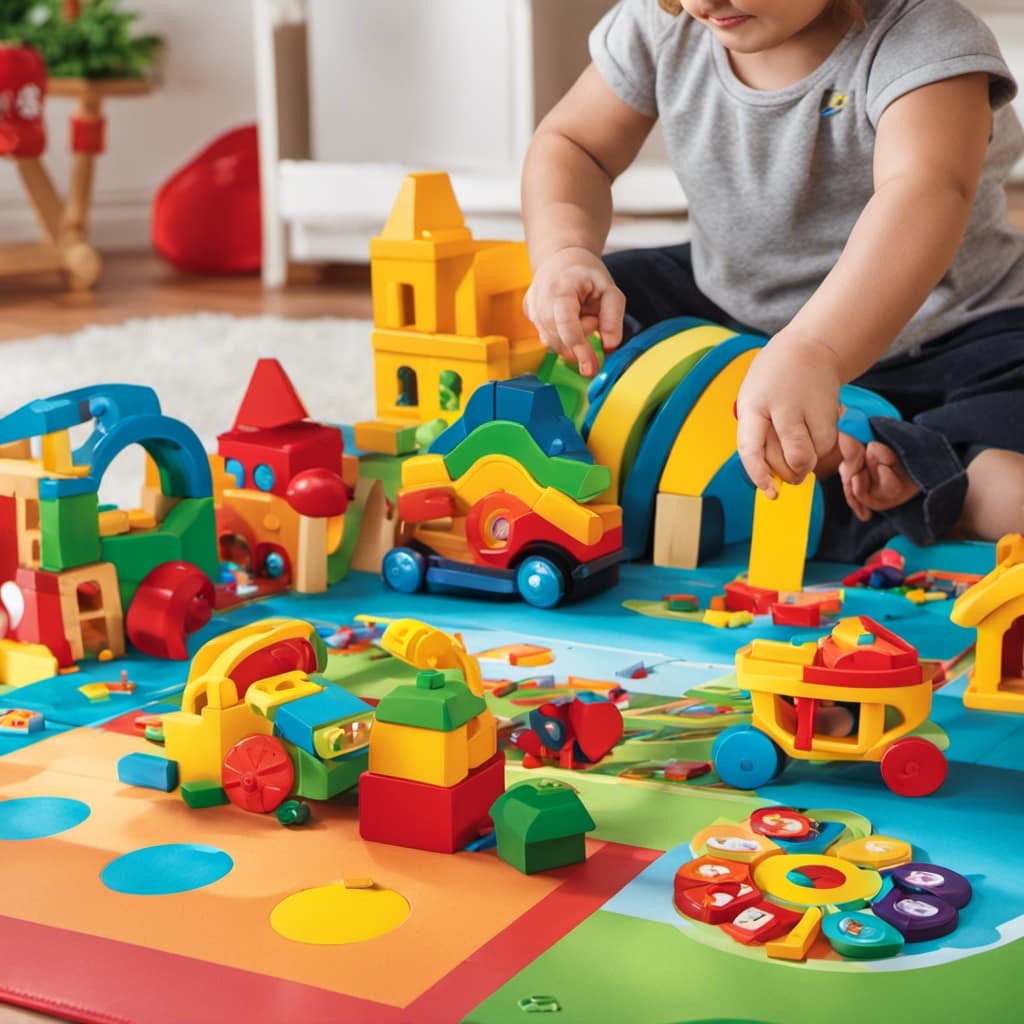
When it comes to outdoor play, ensuring that the equipment aligns with the age group is crucial for the safety and development of preschool children. Conducting a thorough risk assessment is the first step in determining the suitability of the equipment. This assessment should consider factors such as the height, stability, and potential hazards of the equipment.
Additionally, supervision requirements must be taken into account to ensure the safety of the children during playtime. The equipment should be easily visible and accessible for the supervisors to effectively monitor the children.
Safety Features to Look for
When selecting outdoor play equipment for preschool, it’s important to regularly inspect and maintain the safety features. Here are three key safety features to look for:
-
Impact resistance: Choose equipment that’s designed to withstand the impact of active play. Look for materials that are durable and can absorb shock, such as rubberized surfaces or foam padding. This will help minimize the risk of injuries from falls or collisions.
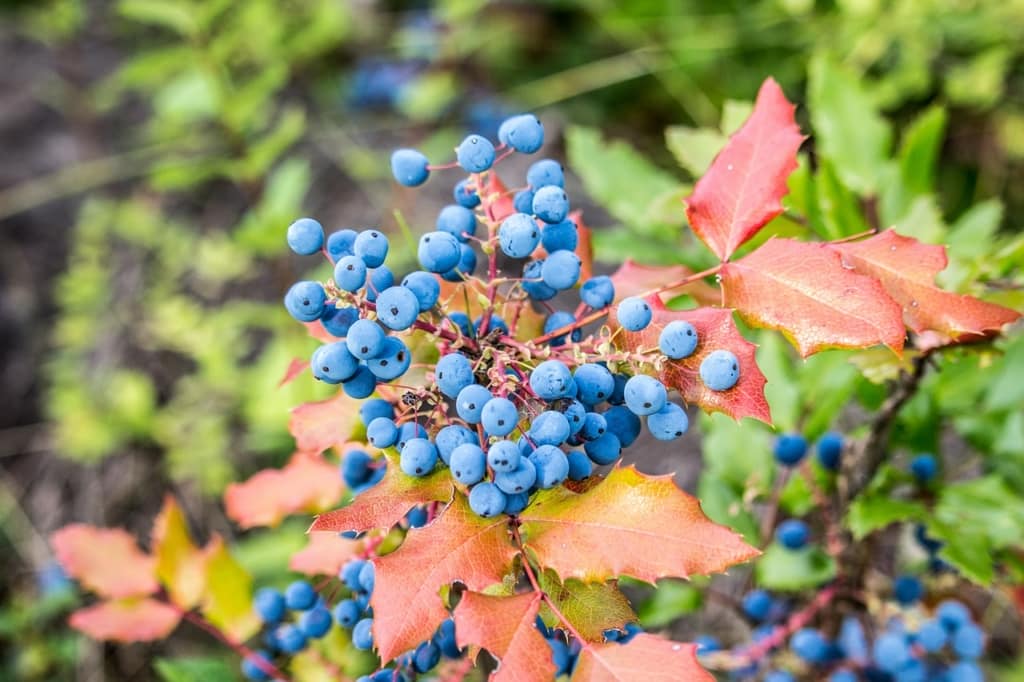
-
Secure anchoring: Ensure that the play equipment is securely anchored to the ground. Look for equipment that has proper anchoring systems, such as buried posts or concrete footings. This will prevent the equipment from tipping over or moving during play, reducing the risk of accidents.
-
Protective barriers: Check if the equipment has appropriate protective barriers in place. For example, slides should have high sides or guardrails to prevent children from falling off. Swings should have sturdy seats and chains with adequate spacing to prevent entanglement.
Material Selection
To choose the appropriate materials for outdoor play equipment in a preschool setting, it’s crucial to consider their durability and safety features. In addition to these factors, it’s important to also take into account the environmental impact and cost effectiveness of the materials.
When it comes to environmental impact, it’s best to opt for materials that are eco-friendly and sustainable. Look for equipment made from recycled materials or those that can be easily recycled at the end of their lifespan. This not only reduces waste but also teaches children about the importance of sustainability.

Cost effectiveness is another important consideration. While high-quality materials may come with a higher upfront cost, they tend to be more durable and require less maintenance, making them a better long-term investment.
It’s important to strike a balance between environmental impact and cost effectiveness when selecting materials for outdoor play equipment in a preschool setting.
Maintenance and Durability
Considering the importance of maintaining safe outdoor play equipment in a preschool setting, it’s essential to prioritize durability and regular upkeep. By ensuring that the equipment is well-maintained, you can extend its lifespan and provide a safe and enjoyable environment for the children.
Here are three key factors to consider when it comes to maintenance and durability:

-
Quality Materials: Opt for play equipment made from durable materials such as stainless steel or high-density polyethylene. These materials are resistant to rust, corrosion, and fading, making them ideal for long-term use.
-
Regular Inspections: Conduct regular inspections to identify any signs of wear and tear, such as loose bolts, cracked surfaces, or frayed ropes. Addressing these issues promptly can prevent accidents and prolong the life of the equipment.
-
Proper Cleaning: Develop a cleaning schedule and use appropriate cleaning products to remove dirt, debris, and germs from the equipment. Regular cleaning not only maintains the aesthetics but also ensures the safety and hygiene of the children.
Investing in high-quality, well-maintained outdoor play equipment is a long-term investment that promotes the safety and development of the children in your preschool. Regular inspections and proper maintenance will help ensure that the equipment remains in top condition for years to come.
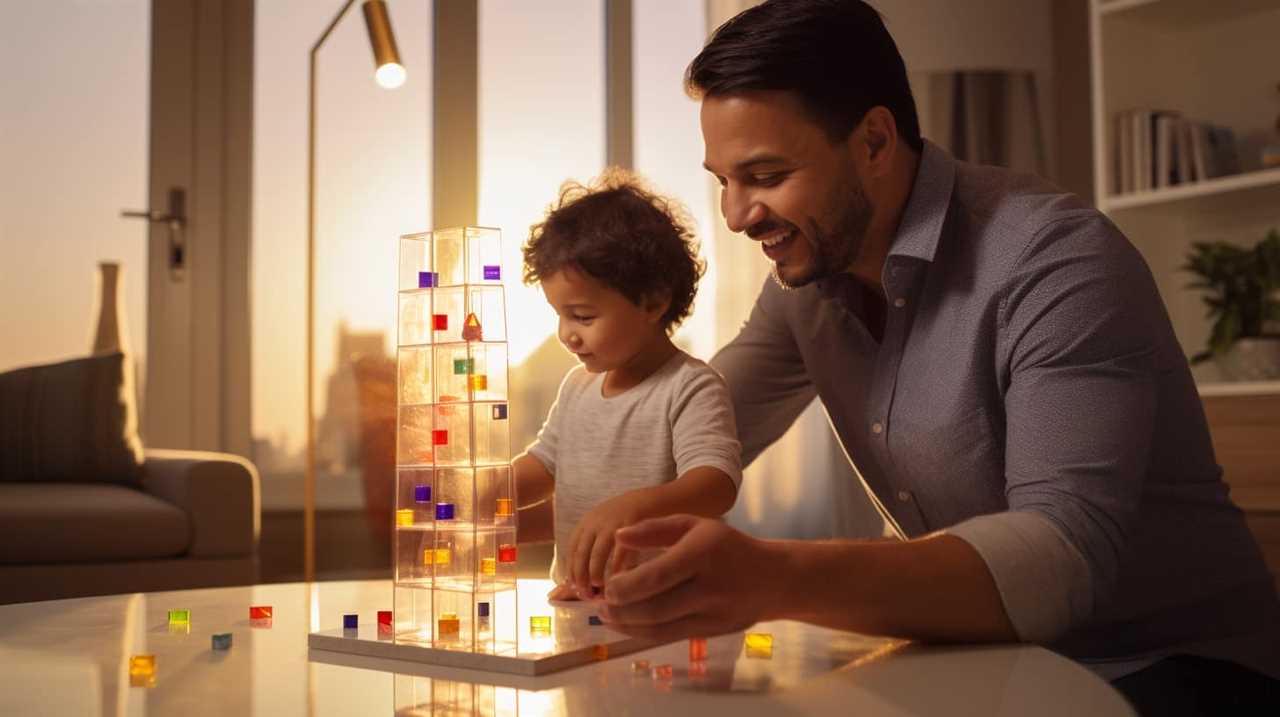
Consideration of Space and Location
Now, let’s delve into the important aspect of selecting outdoor play equipment for preschool – considering the available space and the ideal location for installation.
When choosing play equipment, it’s essential to consider the supervision requirements and accessibility considerations.
First, consider the supervision requirements. Ensure that the play equipment can be easily monitored by teachers or caregivers. Opt for equipment that allows for clear sightlines, minimizing blind spots where children could potentially get injured without immediate adult intervention. Additionally, consider the layout of the play area and how it can be organized to facilitate effective supervision.
Second, think about accessibility considerations. Ensure that the play equipment is accessible to all children, including those with disabilities or limited mobility. Choose equipment with ramps, handrails, and wide pathways to accommodate children with wheelchairs or other assistive devices. Additionally, consider the distance between the equipment and other structures to allow for easy movement and inclusion.
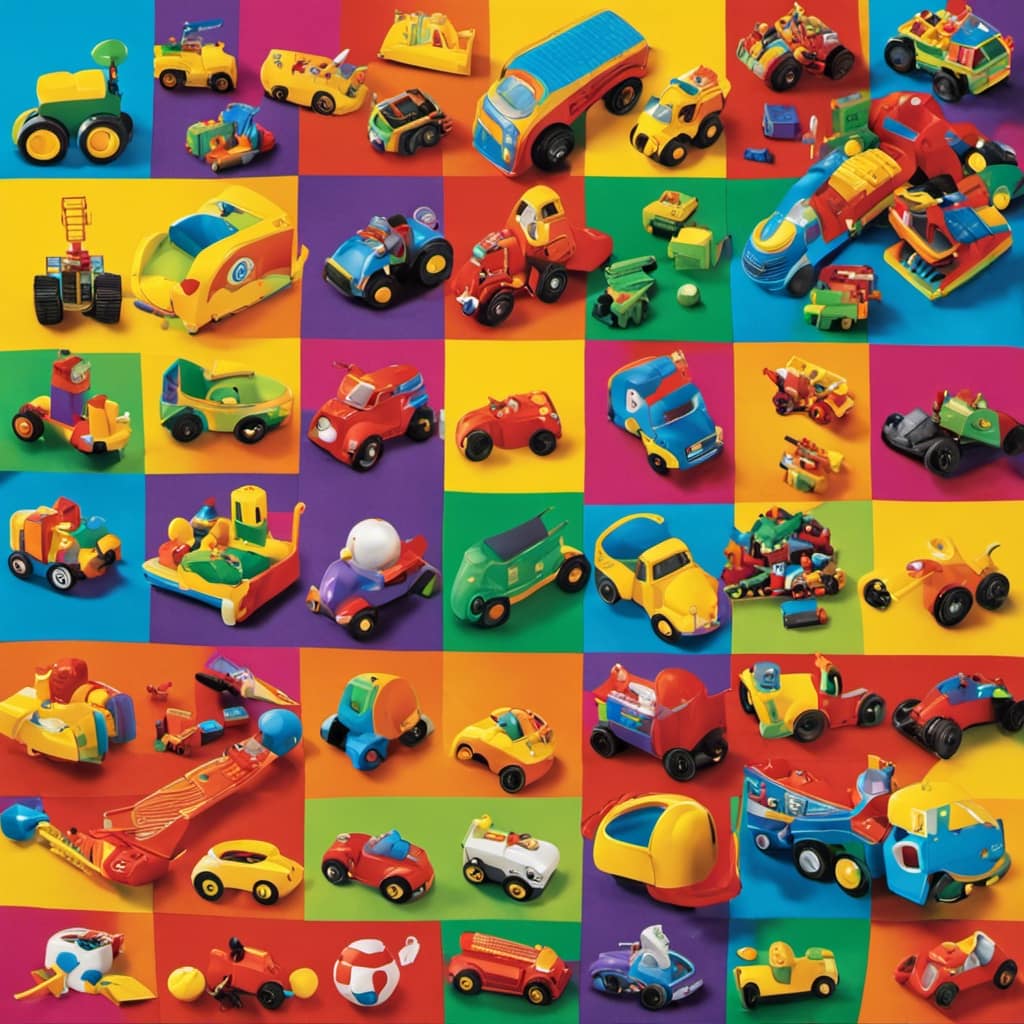
Frequently Asked Questions
Are There Any Specific Guidelines or Regulations for Outdoor Play Equipment in Preschools?
There are specific guidelines and regulations for outdoor play equipment in preschools to ensure safety. Supervision is important in outdoor play areas, and incorporating nature into outdoor play spaces has many benefits.
What Are Some Common Safety Hazards to Watch Out for in Outdoor Play Equipment?
When choosing outdoor play equipment for preschool, it’s important to be aware of common safety hazards like sharp edges and unstable structures. We should also consider guidelines and regulations, such as age appropriateness and adherence to ASTM standards.
Can Outdoor Play Equipment Be Customized or Modified to Meet Specific Safety Requirements?
Yes, outdoor play equipment can be customized or modified to meet specific safety requirements. There are various customization options available, such as adding safety features or adjusting equipment height, ensuring a safe and enjoyable play experience for preschool children.
How Often Should Outdoor Play Equipment Be Inspected for Maintenance and Repairs?
Regular equipment maintenance offers numerous benefits, such as prolonging the lifespan of outdoor play equipment and ensuring the safety of preschoolers. By inspecting for signs of wear and tear, we can identify potential hazards and address them promptly.
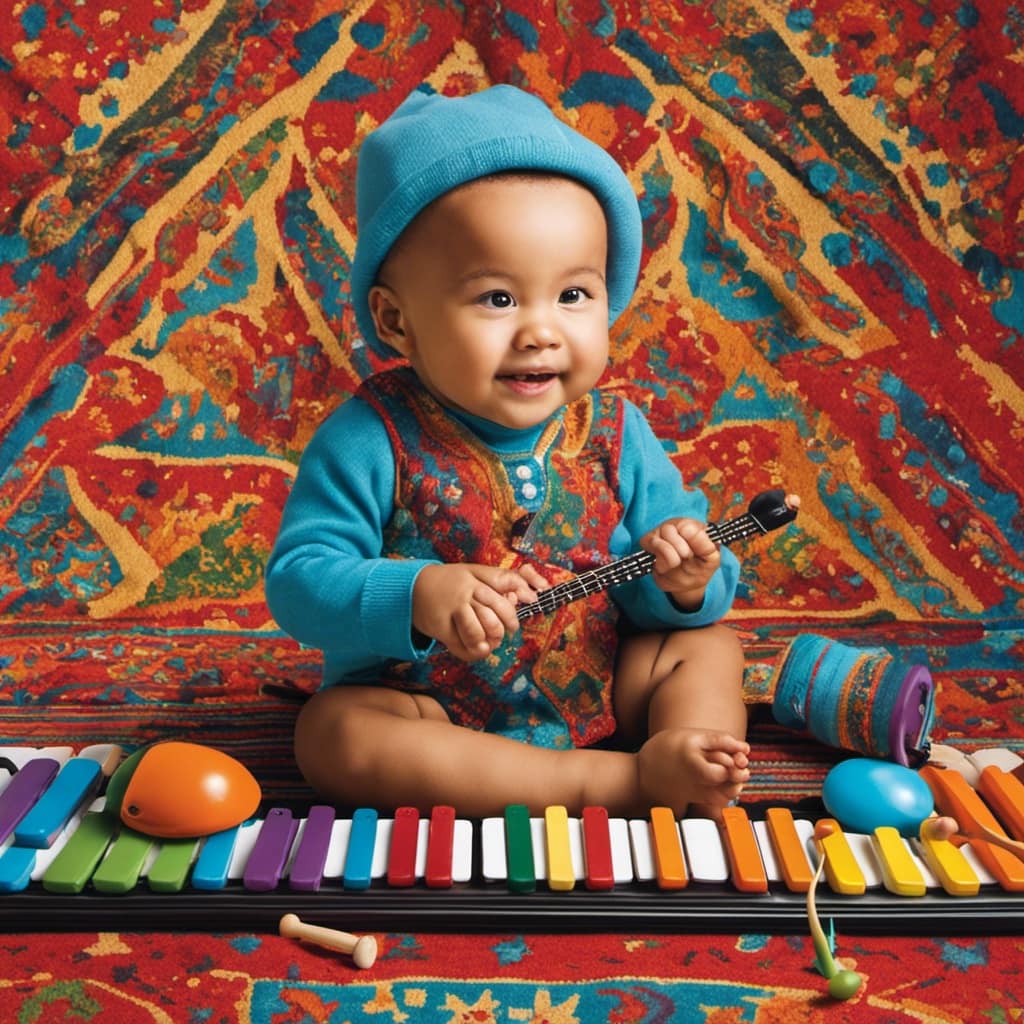
What Is the Ideal Ratio of Outdoor Play Equipment to the Number of Children in a Preschool?
When it comes to the ideal ratio of outdoor play equipment to the number of children in a preschool, safety should be a top priority. It’s important to ensure that there is enough equipment to accommodate all the children and promote their physical and cognitive development. Additionally, outdoor play offers numerous benefits, such as improved gross motor skills, social interaction, and creativity.
Conclusion
In conclusion, when it comes to selecting safe outdoor play equipment for preschool, it’s crucial to prioritize age-appropriate options and consider safety features.
Additionally, carefully choose materials that are durable and require minimal maintenance.
Lastly, take into account the space and location to ensure the equipment fits well and promotes a safe and enjoyable play environment.

By following these guidelines, we can create a secure and engaging outdoor play area for our little ones.
Mila, a gifted writer with a heart brimming with enthusiasm for child development and playful learning, is the creative force behind the enchanting narratives and insightful articles that grace Toddler Ride On Toys. With a background in early childhood education and a genuine passion for nurturing young minds, Mila weaves words that captivate, educate, and inspire parents, caregivers, and educators.
Preschool Toys
6 Best Safe and Entertaining Board Games for Preschoolers

Ideas for Discussion:
-
Are there any educational benefits to playing board games for preschoolers?
-
How can board games help in developing social skills and problem solving abilities in preschoolers?
-
Importance of clear and concise instructions for preschoolers in board games.

-
Benefits of board games in developing cognitive skills in preschoolers
Are you ready to embark on a journey of fun and learning with your little ones? Look no further! We’ve handpicked the 6 best board games for preschoolers that are both safe and entertaining.
Get ready to dive into a world of classic games, cooperative adventures, memory challenges, strategy puzzles, educational quests, and interactive play. These games are designed to engage young minds and promote critical thinking skills.
Let’s explore the wonders of board games together!
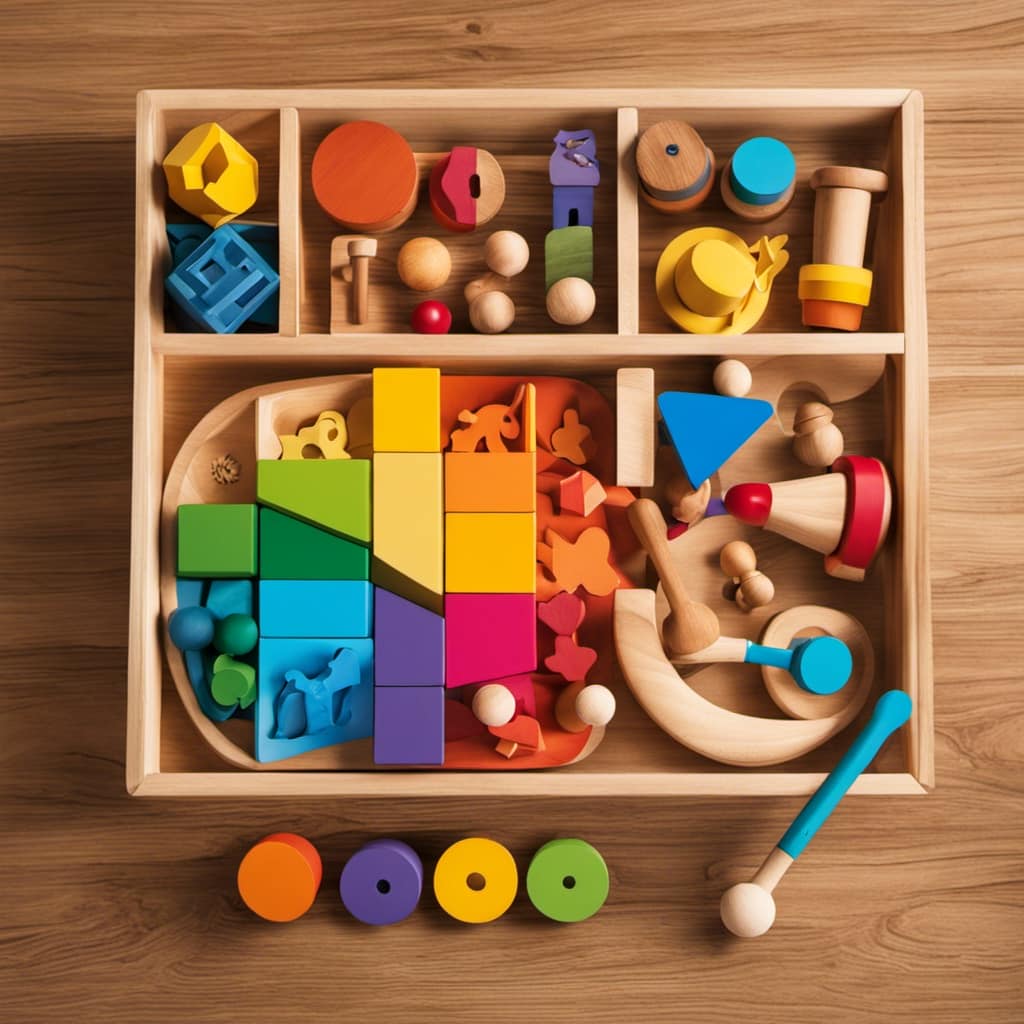
Key Takeaways
- Classic board games like Candy Land, Chutes and Ladders, and Hi Ho! Cherry-O are engaging and educational for preschoolers, teaching essential skills like counting, color recognition, and turn-taking.
- Cooperative games like Race to the Treasure, Hoot Owl Hoot, Outfoxed!, and Stone Soup encourage strategic thinking, cooperation, and social skills.
- Memory and matching games, such as Memory, help develop memory, concentration, and cognitive abilities.
- Strategy and problem-solving games like Memory Match, Connect Four, Puzzles, and Guess Who? enhance critical thinking, deductive reasoning, and problem-solving skills in preschoolers.
Classic Board Games
We love playing classic board games with our preschoolers. Not only are they engaging and educational, but they also provide endless hours of fun for the whole family.
Classic board games like Candy Land, Chutes and Ladders, and Hi Ho! Cherry-O are perfect for teaching young children essential skills such as counting, color recognition, and turn-taking. These games also help develop their fine motor skills as they move their game pieces and make decisions.
The bright colors, simple rules, and familiar characters make these classic board games appealing and accessible to young children. Playing these games together as a family not only strengthens the bond between parents and children but also fosters important social skills like patience, sharing, and sportsmanship.
Transitioning to cooperative games will further enhance their teamwork and problem-solving abilities.
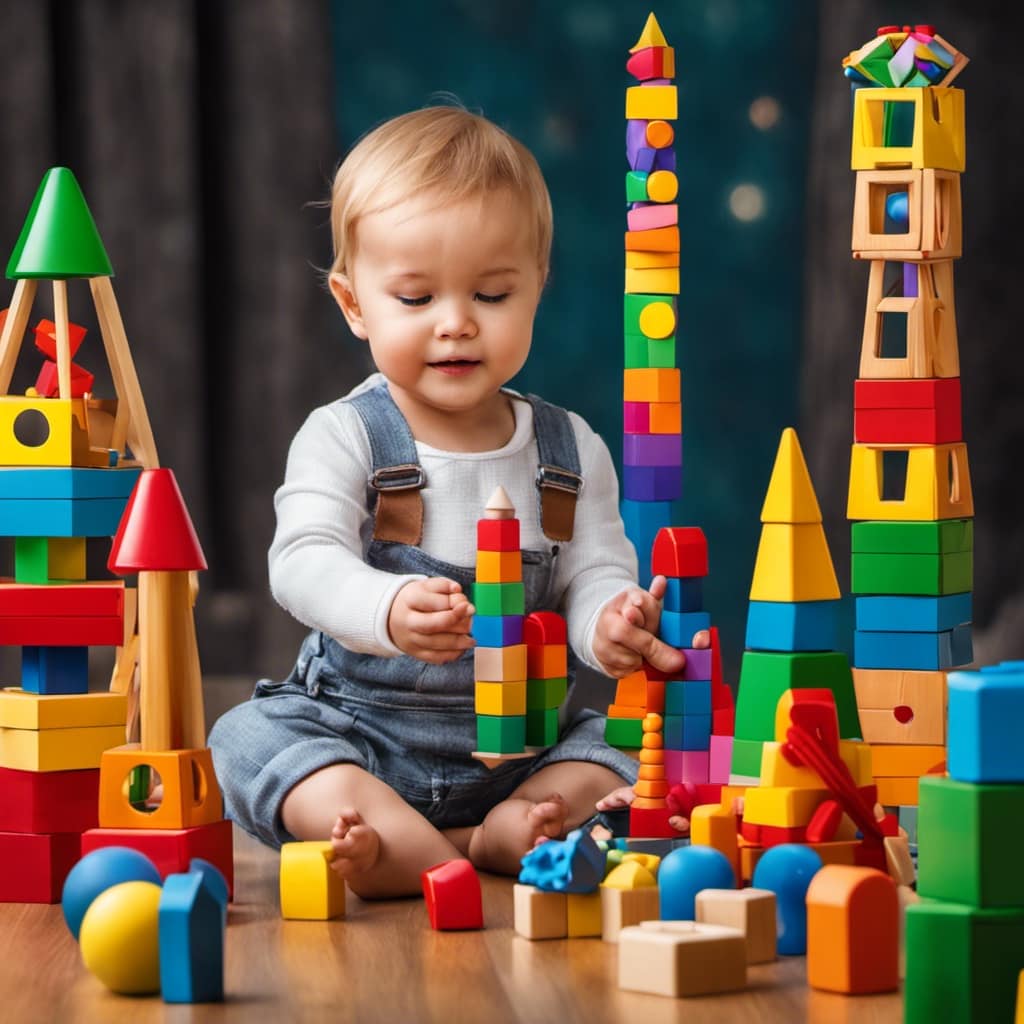
Cooperative Games
For cooperative games, we can explore a variety of options that promote teamwork and problem-solving skills while engaging our preschoolers in a safe and entertaining way. Here are four great choices:
-
Race to the Treasure: In this game, players work together to create a path and collect keys before the ogre reaches the treasure. It encourages strategic thinking and cooperation.
-
Hoot Owl Hoot: This game helps build social skills as players work together to help the owls fly back to their nest before the sun rises. It teaches color recognition and counting.
-
Outfoxed!: In this detective game, players work together to solve the mystery of who stole Mrs. Plumpert’s prized pot pie. It encourages critical thinking and deductive reasoning.
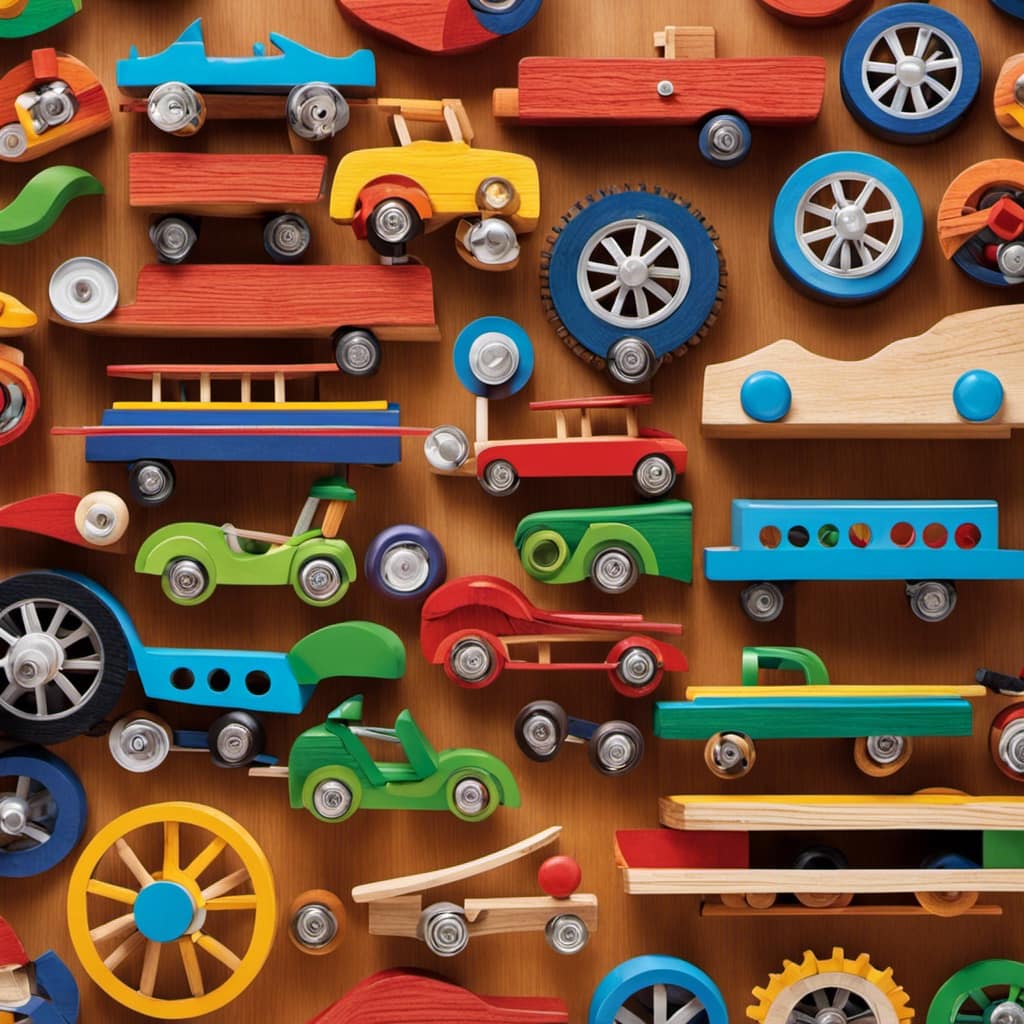
-
Stone Soup: Based on the classic folktale, this game promotes collaboration as players work together to make a delicious soup by collecting ingredients. It teaches sharing and cooperation.
These cooperative games not only provide fun and entertainment but also help preschoolers develop important team-building activities and social skills.
Memory and Matching Games
When it comes to memory and matching games for preschoolers, one popular option is the classic game of Memory. This game isn’t only entertaining but also helps develop crucial skills such as memory and concentration. It requires players to flip over cards and try to find matching pairs. By doing so, children are exercising their visual recognition and recall abilities. They need to remember where they saw different cards and use that information to make matches.
This game is a great way to improve memory skills while having fun. As preschoolers play Memory, they’re honing their ability to focus, pay attention to details, and remember information, all of which are important for their overall cognitive development.
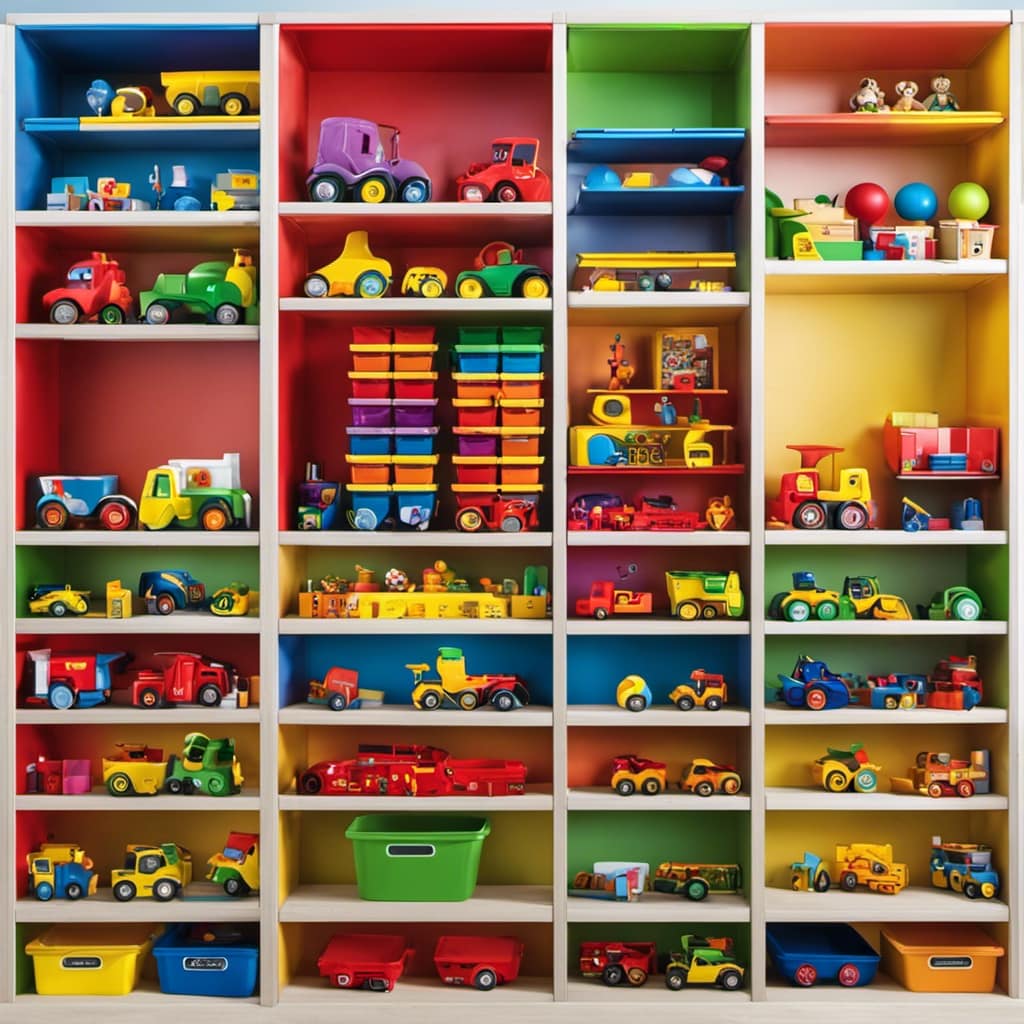
Strategy and Problem-Solving Games
Hey there, fellow parents and caregivers! Now that we’ve covered memory and matching games, let’s turn our attention to strategy and problem-solving games for our little ones.
These types of games aren’t only super fun, but they also help develop early cognitive skills and provide engaging learning experiences.
Early Cognitive Development
We love introducing our preschoolers to strategy and problem-solving games that promote their early cognitive development. These games not only provide hours of fun but also help them develop important skills that will benefit them for years to come.
Here are four fantastic games that can enhance their early problem-solving skills and support their developmental milestones:
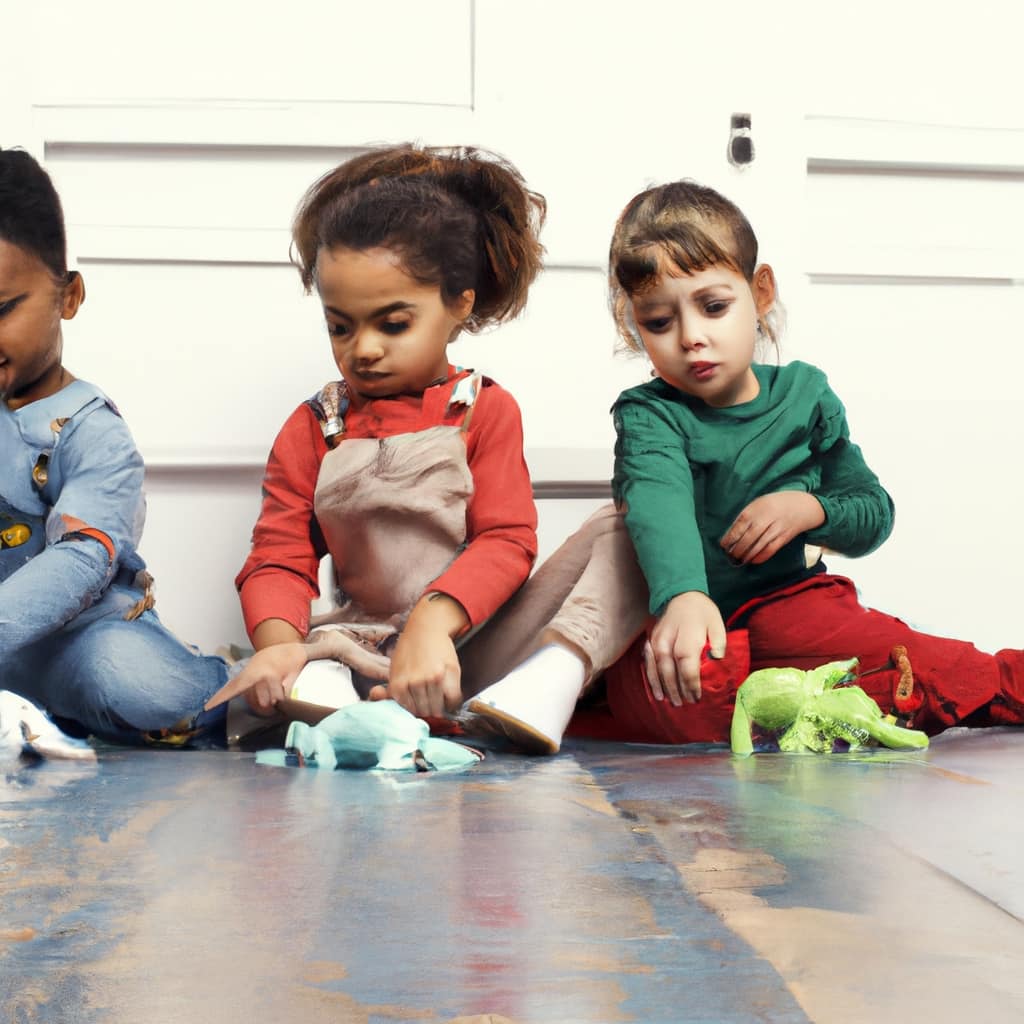
-
Memory Match: This classic game helps preschoolers improve their memory and concentration as they try to match pairs of cards.
-
Connect Four: This game teaches strategic thinking and planning as preschoolers aim to connect four of their colored pieces in a row.
-
Puzzles: Completing puzzles helps preschoolers develop problem-solving skills, spatial awareness, and hand-eye coordination.
-
Guess Who?: This game encourages critical thinking and deductive reasoning as preschoolers ask questions to eliminate potential characters and guess who their opponent has chosen.

Fun Learning Experiences
Continuing our exploration of early cognitive development, let’s dive into the fun learning experiences provided by strategy and problem-solving games for preschoolers. These interactive play activities aren’t only entertaining but also promote hands-on learning, allowing children to develop critical thinking and problem-solving skills.
One such game is ‘Memory Match,’ where players flip cards over to find matching pairs. This game enhances memory and concentration while providing a challenging and enjoyable experience.
Another great option is ‘Block by Block,’ a puzzle game that involves arranging blocks to form specific shapes. This game helps children develop spatial awareness and logical thinking as they strategize to complete each puzzle.
Lastly, ‘Counting Caterpillar’ is a counting and sequencing game that teaches preschoolers numbers and order. By moving the caterpillar along the board, children practice counting and learn to follow sequential patterns.
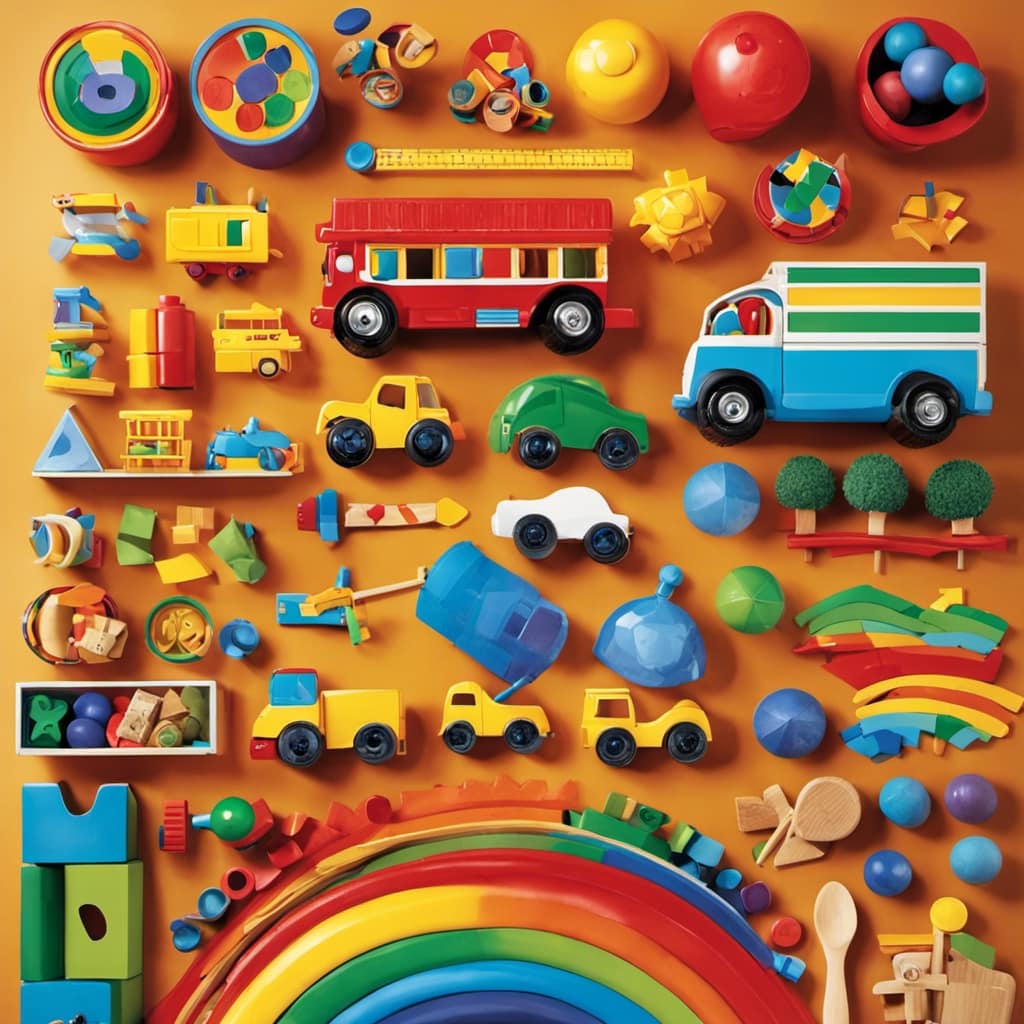
Through these strategy and problem-solving games, preschoolers can engage in interactive play and experience hands-on learning, fostering their cognitive development in a fun and stimulating way.
Educational and Learning Games
Let’s talk about the benefits of educational games for preschoolers!
These games provide interactive learning experiences that engage young minds and help them develop important skills.
Not only are they fun and entertaining, but they also offer valuable educational content that can support early childhood development.
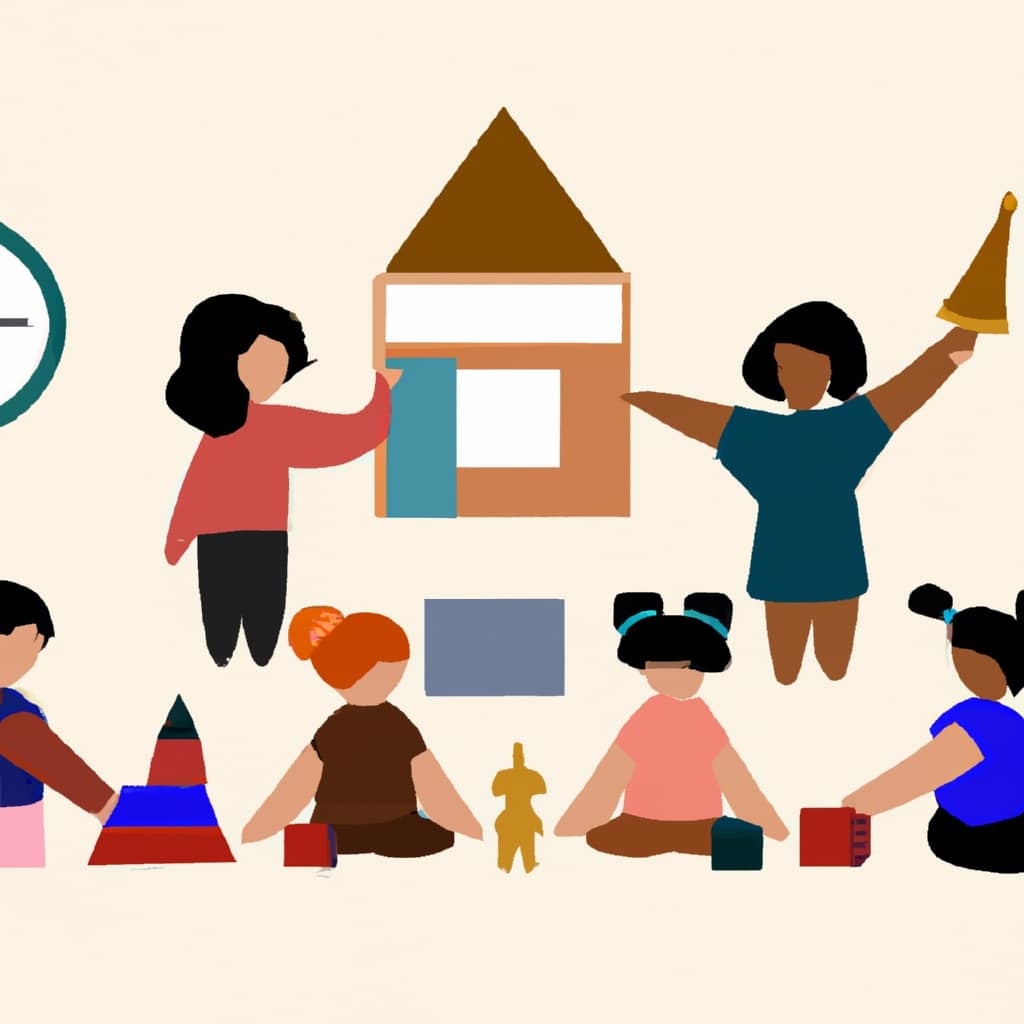
Benefits of Educational Games
Educational games offer a fun and interactive way for preschoolers to learn and develop important skills. Here are four benefits of play-based education:
-
Cognitive Development:
Educational games help preschoolers improve their problem-solving, critical thinking, and decision-making skills. Through interactive learning activities, they learn to analyze situations, make connections, and think creatively. -
Language and Communication Skills:
Playing educational games encourages children to express themselves verbally, ask questions, and engage in conversations. They learn new words, enhance their vocabulary, and develop better communication skills. -
Social and Emotional Development:
By playing games with others, preschoolers learn important social skills such as taking turns, sharing, and cooperating. They also develop empathy, patience, and resilience, which are crucial for building positive relationships.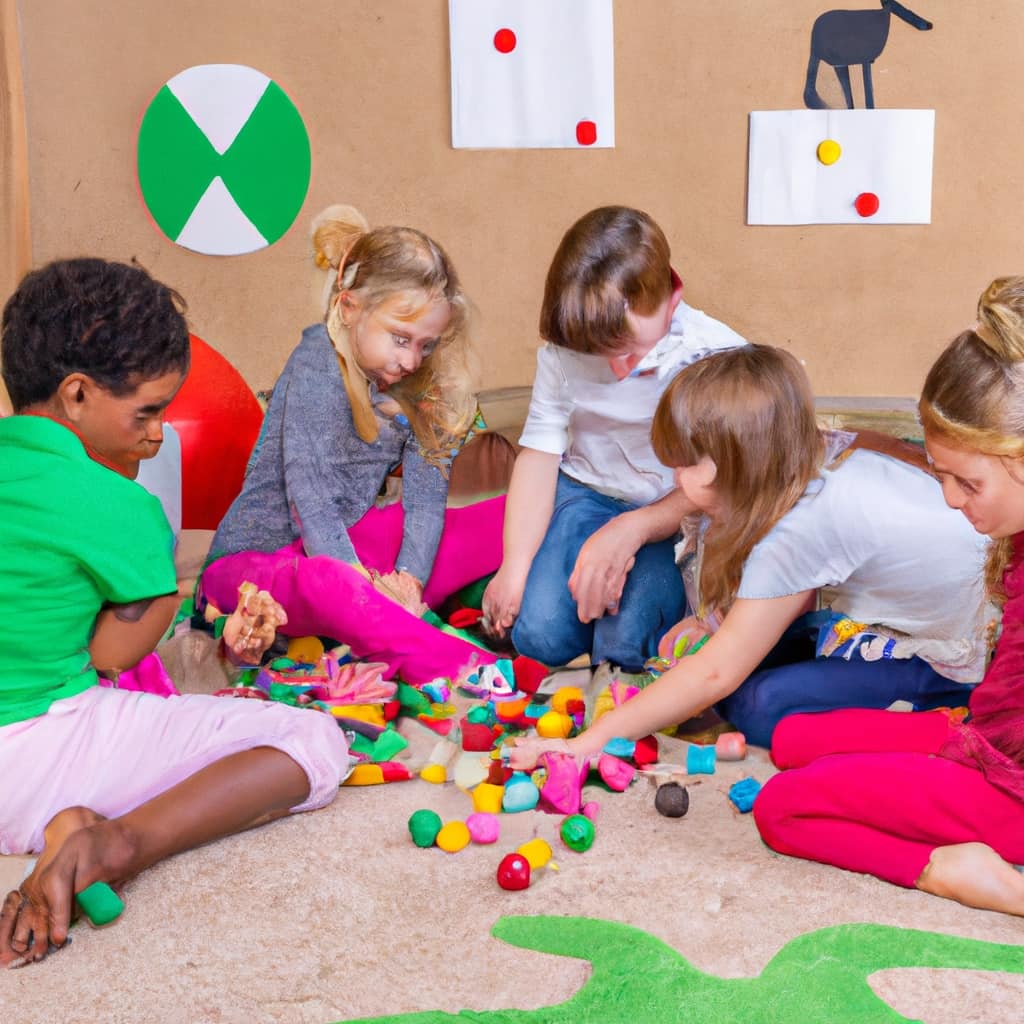
-
Fine and Gross Motor Skills:
Many educational games involve physical movements, which help preschoolers improve their coordination, balance, and motor skills. Whether it’s stacking blocks or throwing a beanbag, these activities promote physical development while learning.
Interactive Learning Experiences
We can enhance our preschoolers’ learning experiences through interactive educational and learning games. By providing hands-on activities and incorporating multi-sensory learning, we can create engaging experiences that promote mastery and understanding.
These games allow children to actively participate and manipulate objects, fostering their cognitive development and problem-solving skills. Through tactile exploration, they can learn about shapes, colors, numbers, and letters. For example, games that involve building blocks or puzzles can help develop their fine motor skills and spatial awareness.
Additionally, interactive games that incorporate sound and music can engage their auditory senses, while games that involve movement can promote physical development.

Engaging and Educational
Continuing our exploration of interactive learning experiences, we can now delve into the realm of engaging and educational board games for preschoolers. These games not only provide fun and interactive activities for young children but also offer hands-on learning experiences.
Here are four exceptional options to consider:
-
ABC Bingo: This game combines the excitement of bingo with alphabet recognition. Kids will have a blast matching letters to the corresponding images on their bingo cards.
-
Counting Caterpillars: In this game, children can practice counting and number recognition as they move their caterpillar along the board. The colorful illustrations and tactile pieces make learning numbers enjoyable.
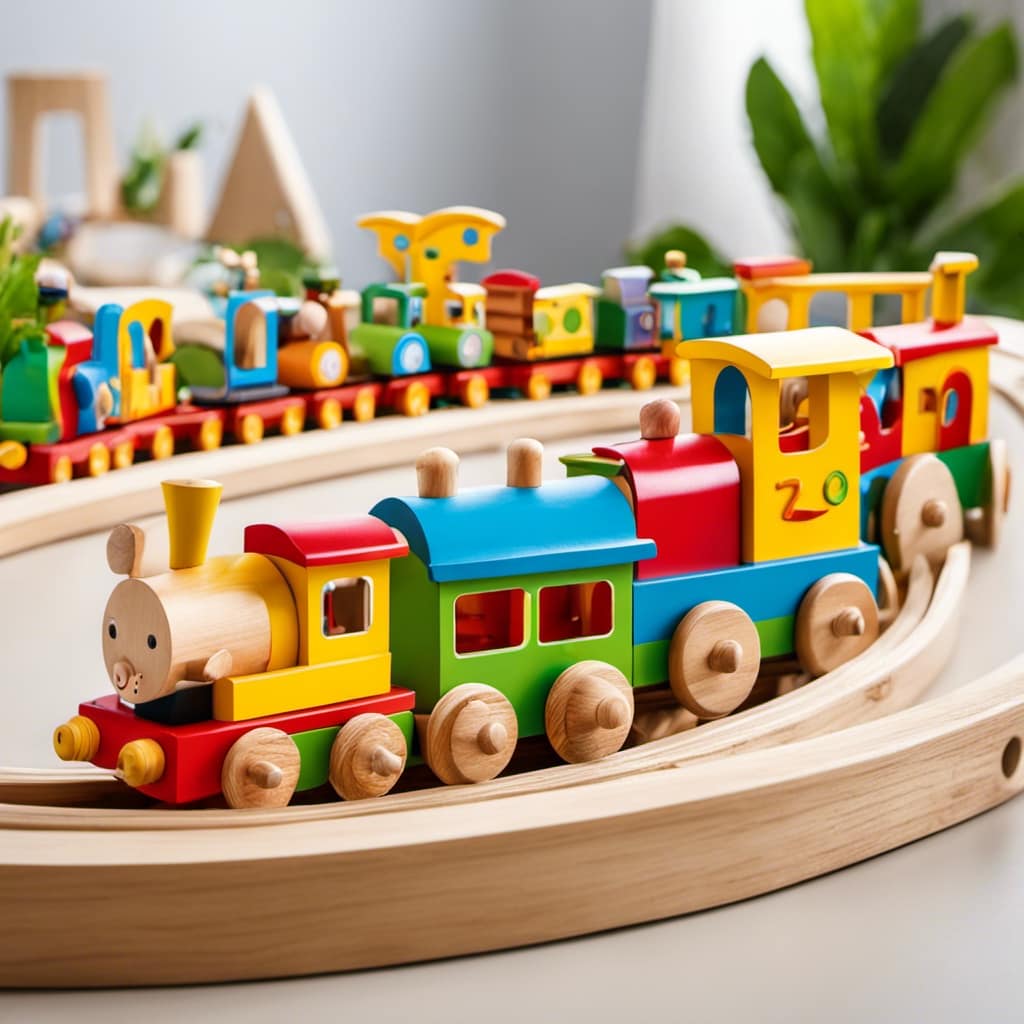
-
Shape Sorter Surprise: This game introduces shapes and spatial reasoning skills. Kids can learn to identify and match different shapes as they place them in the correct slots.
-
Sight Word Safari: Designed to improve reading skills, this game helps preschoolers recognize and memorize common sight words. They’ll embark on an exciting safari adventure while learning essential reading skills.
These engaging and educational board games provide a perfect balance of fun and learning, ensuring that preschoolers have a blast while developing important foundational skills.
Interactive and Engaging Games
Interactive and engaging games bring preschoolers together for fun and laughter while promoting active participation and social interaction. These games not only entertain but also provide hands-on learning opportunities and encourage multiplayer engagement.
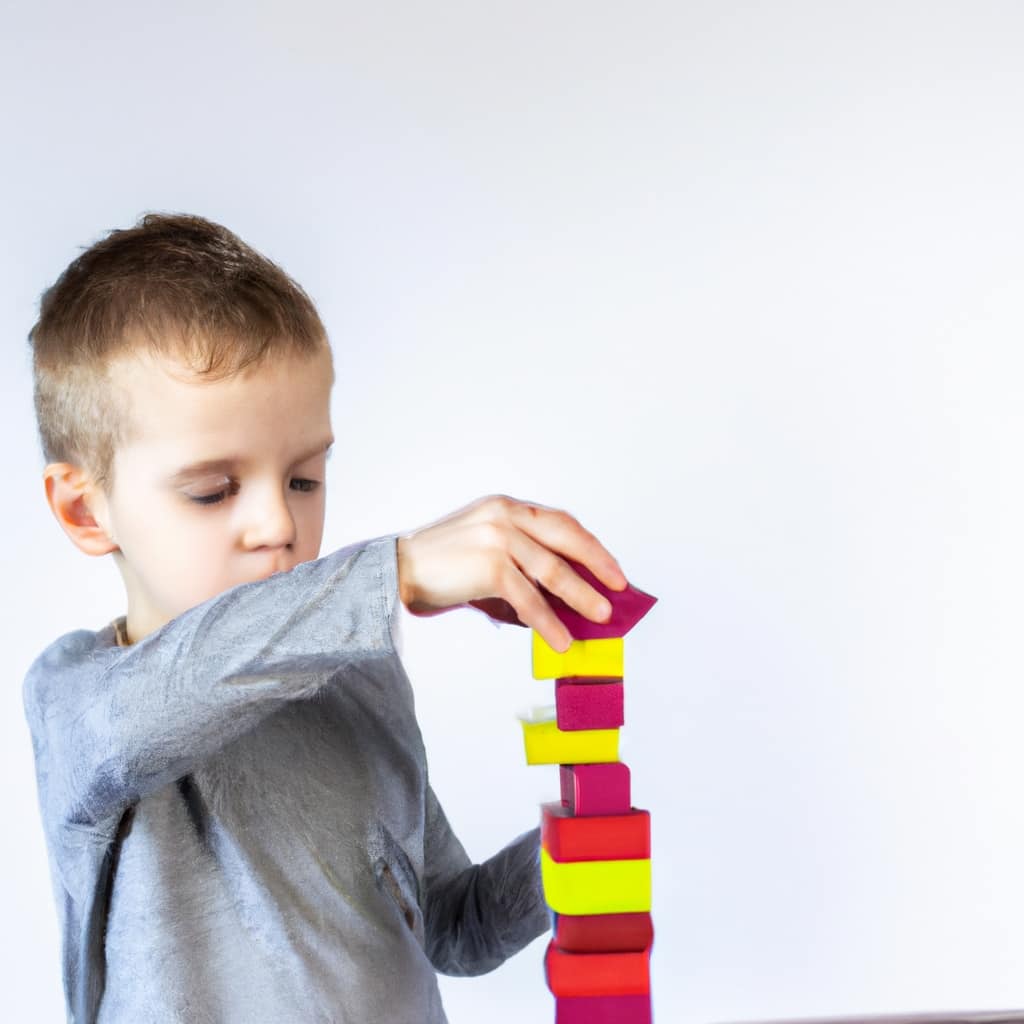
One great example of an interactive and engaging game is "The Floor is Lava." In this game, children have to imagine that the floor is made of lava and try to navigate through the room without touching it. This game promotes physical activity, imaginative play, and problem-solving skills as children strategize how to move from one point to another.
Another exciting game is "Simon Says." This classic game challenges children to follow instructions given by the leader, enhancing their listening skills and gross motor coordination. It also encourages social interaction as children take turns being the leader and issuing commands.
Additionally, "Duck Duck Goose" is a game that promotes social interaction and enhances cognitive skills. Children sit in a circle, and one child walks around tapping their peers’ heads, saying "duck." When they choose someone to be the "goose," that person must chase them around the circle before they can take their seat. This game teaches children about turn-taking, decision-making, and spatial awareness.
| Game Name | Skills Developed | Benefits |
|---|---|---|
| The Floor is Lava | Physical activity, imaginative play, problem-solving skills | Promotes physical activity and imaginative play while developing problem-solving skills. |
| Simon Says | Listening skills, gross motor coordination, social interaction | Enhances listening skills and gross motor coordination while encouraging social interaction. |
| Duck Duck Goose | Social interaction, turn-taking, decision-making, spatial awareness | Enhances social interaction and cognitive skills while teaching turn-taking, decision-making, and spatial awareness. |
Frequently Asked Questions
Are These Board Games Suitable for Children of Different Ages, or Are They Specifically Designed for Preschoolers?
These board games are suitable for children of different ages and are specifically designed for preschoolers. They offer educational benefits, helping to develop social skills and problem-solving abilities in a fun and engaging way.
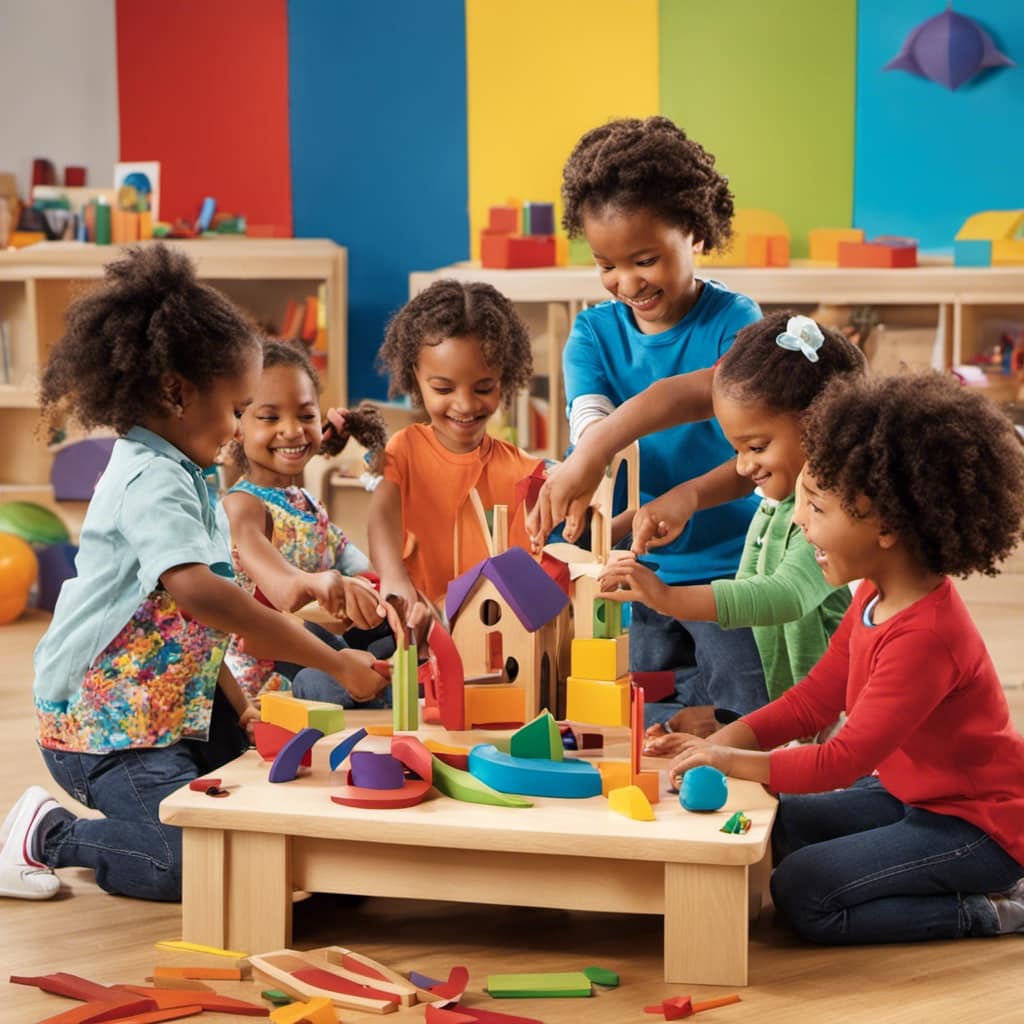
Can These Board Games Be Played by a Single Child, or Do They Require Multiple Players?
Board games for preschoolers can be played solo or with others. Solo play offers benefits like fostering independence and problem-solving skills. To adapt multiplayer games for solo play, modify rules or create imaginary players.
Do These Board Games Come With Age-Appropriate Rules and Instructions That Preschoolers Can Understand?
Yes, these board games come with age-appropriate rules and instructions that preschoolers can easily understand. Clear and concise instructions are important for their learning and cognitive development. It’s beneficial for them to play these games.
Are the Components of These Board Games Safe for Young Children, Such as Small Pieces That Can Be a Choking Hazard?
Yes, the components in these board games are safe for young children. We prioritize their safety by ensuring no small pieces that could be a choking hazard.
Can These Board Games Be Easily Transported and Played On-The-Go, Such as During Family Trips or Vacations?
Yes, these board games can be easily transported and played on-the-go during family trips or vacations. It’s a great way to keep preschoolers entertained and enhance their cognitive skills while traveling.
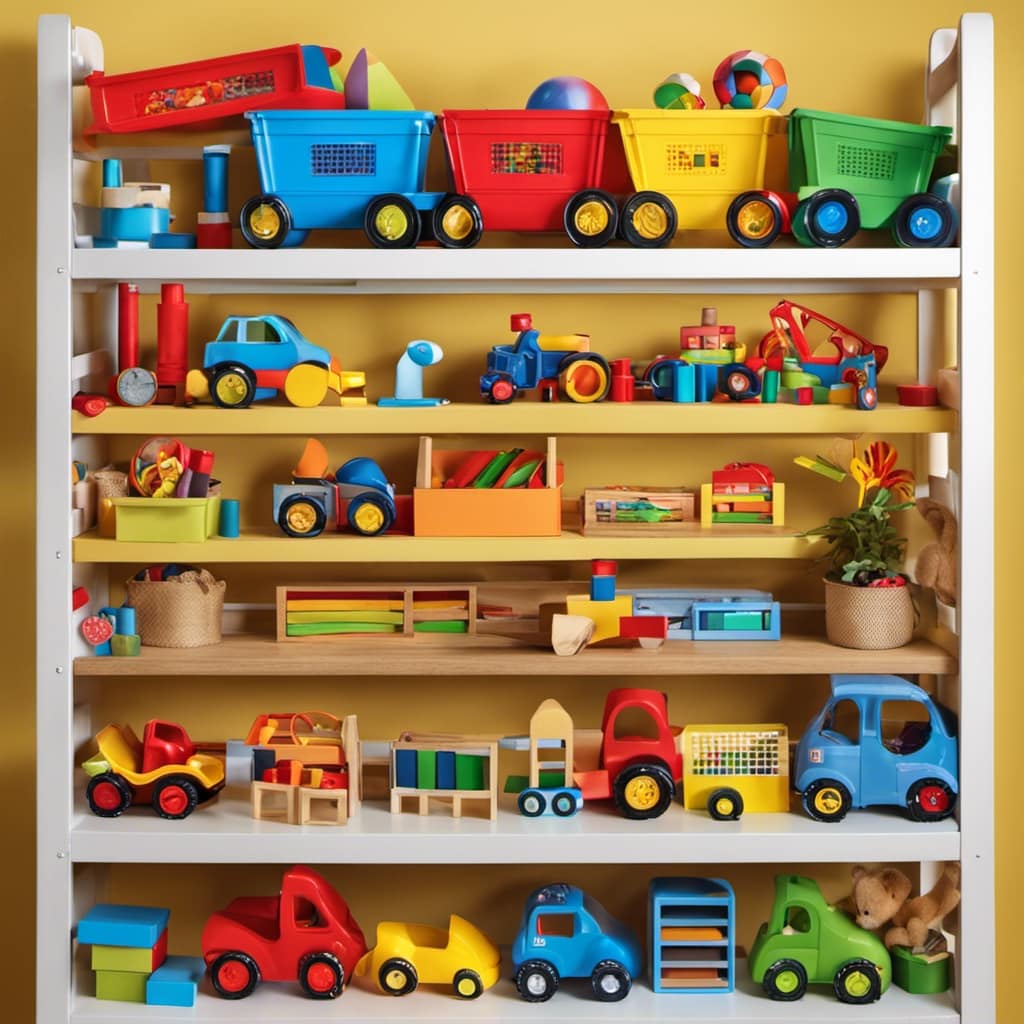
Conclusion
In conclusion, board games can be a fantastic way to entertain and educate preschoolers.
Did you know that playing board games can improve children’s critical thinking skills by 32%?
By engaging in classic board games, cooperative games, memory and matching games, strategy and problem-solving games, educational and learning games, and interactive and engaging games, preschoolers can have a blast while developing important cognitive abilities.
So gather around the table and let the fun and learning begin!
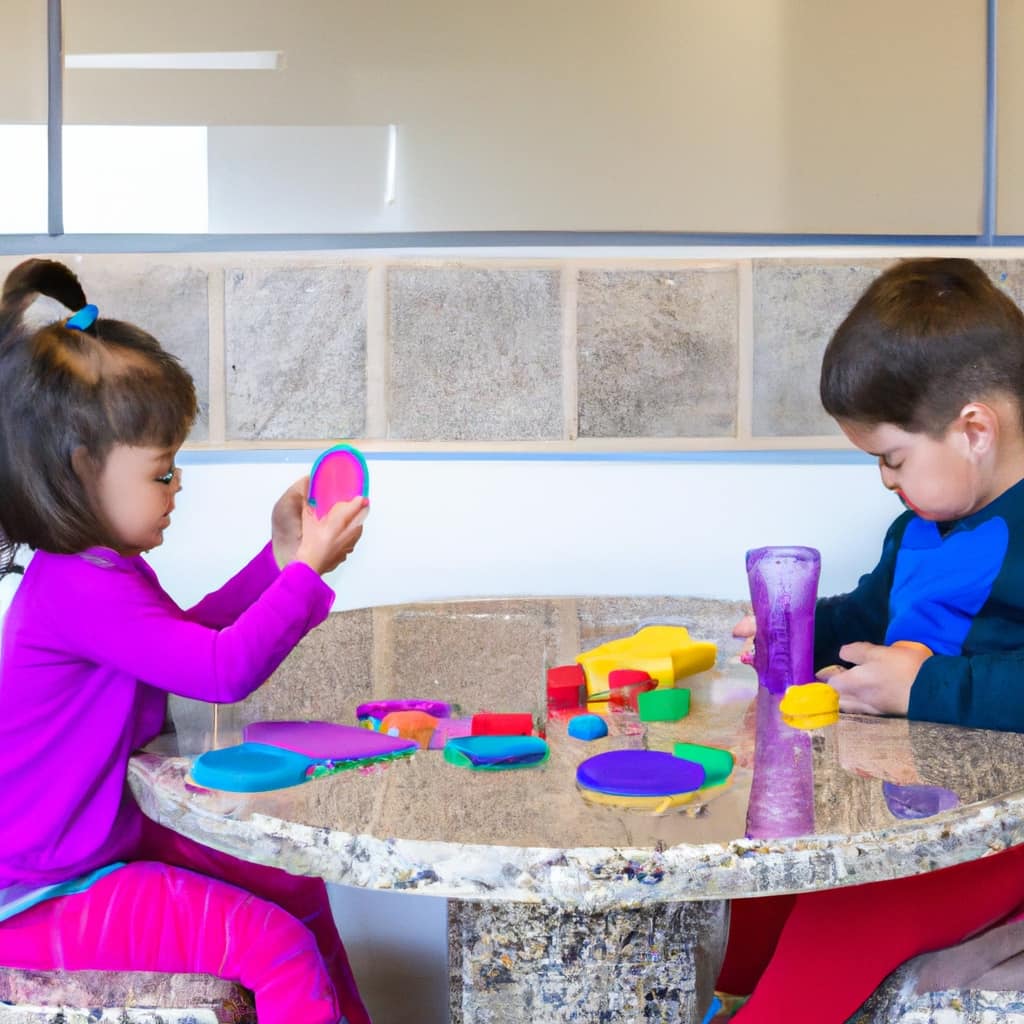
Mila, a gifted writer with a heart brimming with enthusiasm for child development and playful learning, is the creative force behind the enchanting narratives and insightful articles that grace Toddler Ride On Toys. With a background in early childhood education and a genuine passion for nurturing young minds, Mila weaves words that captivate, educate, and inspire parents, caregivers, and educators.
Preschool Toys
5 Best Preschool STEM Toy Reviews for Education
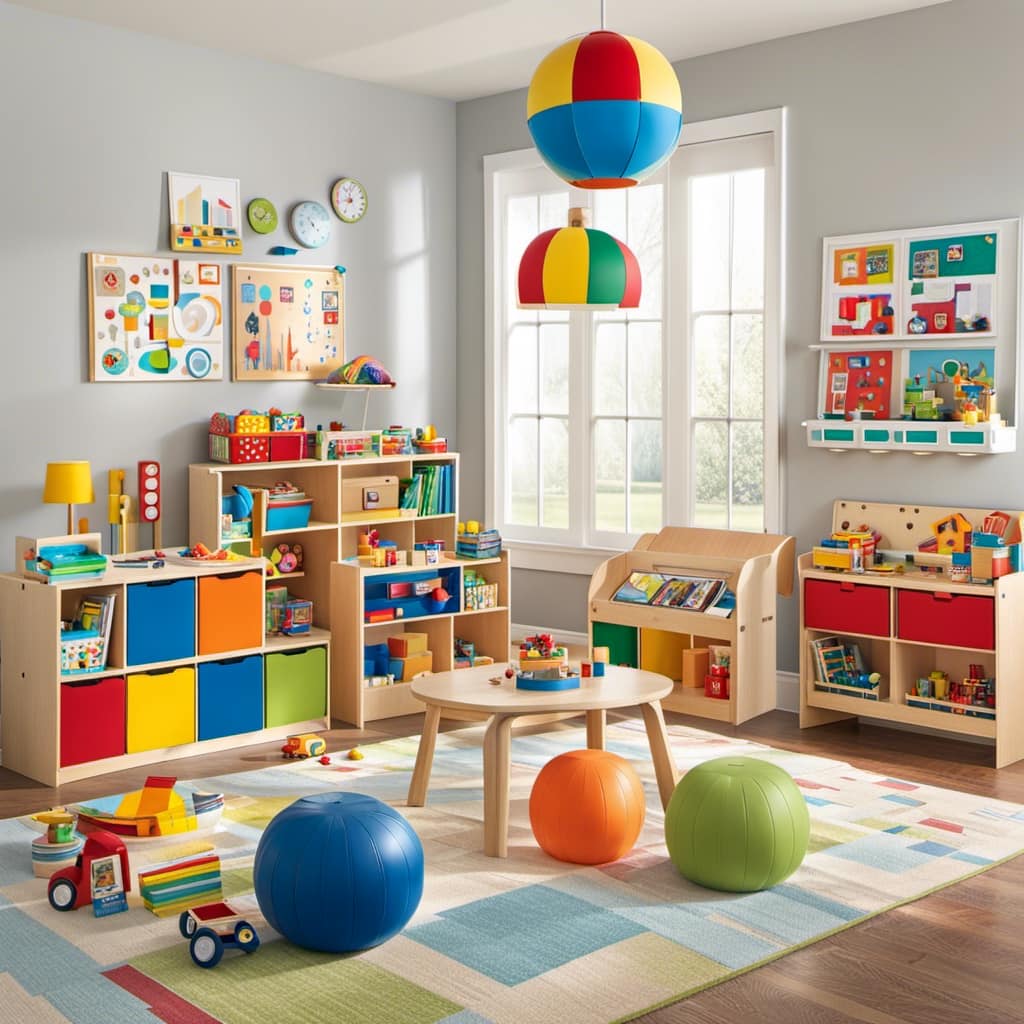
Are you asking yourself, “Can preschoolers really benefit from STEM learning?”
Absolutely! Let us assure you that they can indeed benefit greatly!
Introducing STEM concepts at a young age can lay a strong foundation for future success.
That’s why we have put together a list of the top 5 STEM toys for preschoolers to help them on their educational path.
These toys are created to engage children’s interest while developing skills in critical thinking, problem-solving, and creativity.
Get ready to inspire the scientist, engineer, and mathematician in your child with these amazing toys.
Key Takeaways
- Preschool STEM toys enhance cognitive development, foster problem-solving skills, promote critical thinking, and develop creativity and imagination.
- These toys lay the foundation for future STEM learning, develop early math skills, encourage scientific exploration, and enhance spatial awareness.
- Preschool STEM toys also promote fine motor skills and build a strong foundation for future academic success.
- When choosing these toys, it is important to consider age appropriateness, safety features, durability, educational value, and engaging and interactive design.
Magnetic Building Blocks
In our review of the best preschool STEM toys for education, we found that magnetic building blocks offer a hands-on and engaging way for young children to explore the principles of magnetism and construction.
Magnetic building techniques involve using blocks with embedded magnets that attract and repel each other, allowing children to create structures that defy gravity. These toys not only teach basic concepts of magnetism and physics, but also promote problem-solving skills, spatial awareness, and fine motor development.
The benefits of magnetic toys in early childhood development are numerous. They foster creativity, imagination, and critical thinking as children experiment with different combinations and designs. Moreover, these toys encourage collaboration and communication among peers, promoting social and emotional growth.

Magnetic building blocks are an excellent addition to any preschool STEM curriculum, providing a fun and educational experience for young learners.
Coding Robot Kits
Coding robot kits are a fantastic addition to any preschool STEM curriculum. These kits provide an interactive and hands-on way for young learners to explore robotics programming and AI learning. By engaging in coding activities, children develop critical thinking, problem-solving, and computational skills. They learn to sequence commands, debug errors, and create algorithms, all while having fun with their robot companions.
Robotics programming in preschool helps children understand the basics of coding and logic. They can program their robots to move, dance, or even play games. This hands-on experience not only sparks their interest in technology but also fosters creativity and imagination. Additionally, coding robot kits often incorporate AI learning, allowing children to interact with their robots and learn from their responses.
The integration of coding robot kits into preschool STEM education is a valuable tool for preparing children for the future. It introduces them to the concepts of robotics programming and AI learning at an early age, setting the foundation for their future technological literacy and success.

Engineering Construction Set
Our top recommendation for preschool STEM toys is the Engineering Construction Set, a versatile and engaging tool that fosters creativity and problem-solving skills in young learners.
This construction set allows children to explore their imagination and create structures using various building materials such as blocks, connectors, and gears. Through hands-on play, children develop their creative design skills as they experiment with different combinations and configurations.
They learn how to solve problems by overcoming challenges and finding solutions to make their creations stable and functional. This toy encourages critical thinking and spatial reasoning as children plan and execute their designs.
Science Experiment Kits
How can science experiment kits enhance the learning experience for preschoolers?

Science experiment kits are valuable tools for introducing young children to the wonders of science. Chemistry lab kits, for example, allow preschoolers to explore basic chemical reactions through hands-on experiments. They can mix different substances and observe the changes that occur, developing their understanding of cause and effect. These kits often include child-friendly materials and detailed instructions, making it easy for young children to engage in safe and supervised experiments.
Similarly, astronomy exploration tools can spark a child’s curiosity about the universe. Preschoolers can learn about planets, stars, and galaxies through interactive activities and experiments.
Math Manipulative Toys
Math manipulative toys are another valuable tool for preschoolers to enhance their learning experience in STEM education. These toys help children develop important math skills such as shape recognition and problem-solving abilities through hands-on activities.
Math puzzles, in particular, are a popular choice among educators and parents alike. These puzzles challenge children to think critically, analyze patterns, and find solutions. By manipulating the puzzle pieces, children not only practice their fine motor skills but also develop a deep understanding of mathematical concepts.

Shape recognition is another crucial skill that can be developed through math manipulative toys. By playing with shape sorting toys or tangram puzzles, children learn to identify and classify different shapes, laying a solid foundation for future geometry skills.
Frequently Asked Questions
Are These Magnetic Building Blocks Safe for Young Children to Play With?
Yes, these magnetic building blocks are safe for young children to play with. They are specifically designed for preschoolers, taking into consideration safety concerns and providing age-appropriate options for educational play.
Do These Coding Robot Kits Require Any Additional Software or Apps to Operate?
Yes, these coding robot kits are compatible with different operating systems. They do require additional software or apps to operate, but don’t worry, they’re cost-effective and provide a mastery-based learning experience.
How Can Engineering Construction Sets Benefit Preschool Children’s Cognitive Development?
Engineering toys can greatly benefit preschool children’s cognitive development. By engaging in hands-on construction and problem-solving activities, children develop critical thinking, spatial reasoning, and creativity skills. These toys foster a love for learning and lay the foundation for future STEM success.
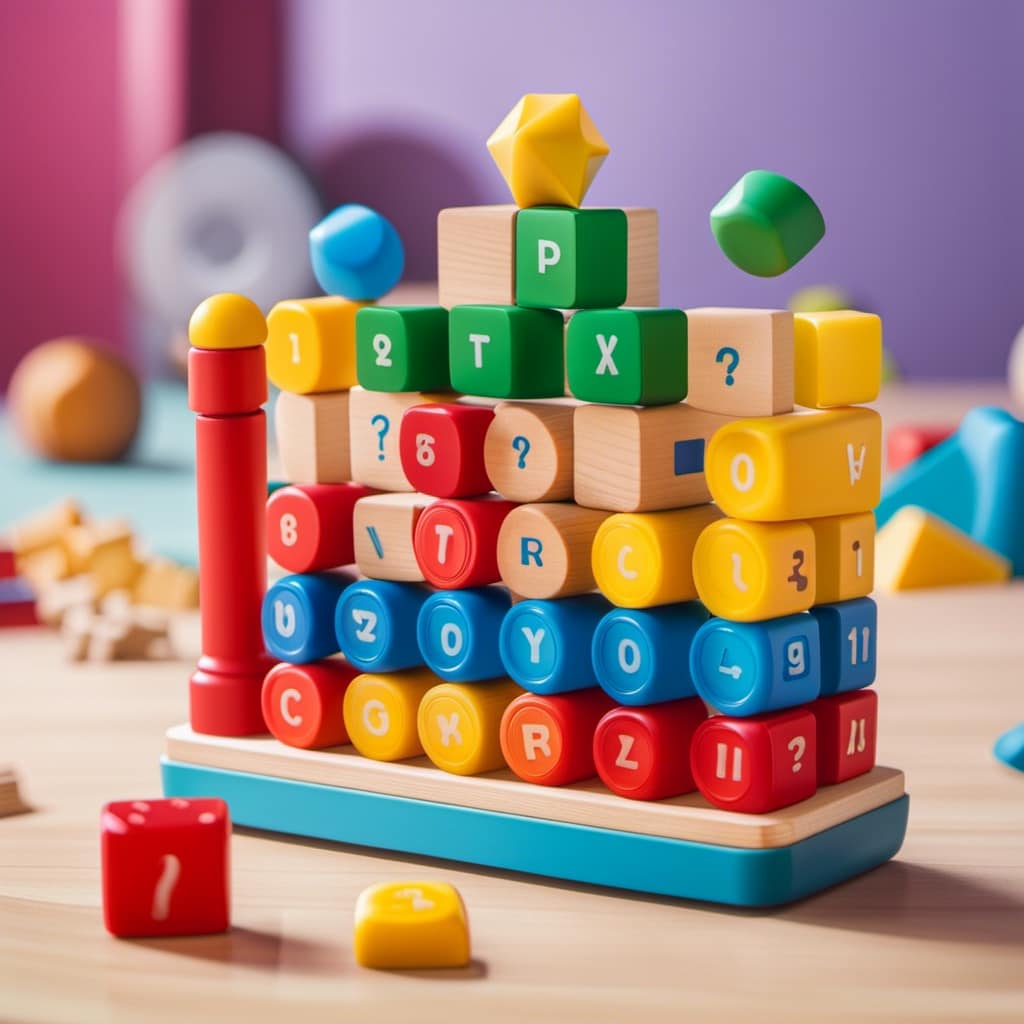
Are These Science Experiment Kits Suitable for Use in a Classroom Setting?
In a classroom setting, science experiment kits are a valuable tool for hands-on learning. They provide engaging and interactive experiences, allowing children to explore scientific concepts in a practical way. The benefits of hands-on learning are numerous and impactful.
Can Math Manipulative Toys Be Used to Teach Advanced Mathematical Concepts to Preschoolers?
Yes, math manipulative toys can be used effectively to teach advanced mathematical concepts to preschoolers. Research shows that hands-on learning with manipulatives improves understanding and retention of abstract math concepts.
Conclusion
In conclusion, investing in STEM toys for preschoolers is an excellent way to promote their educational development.
According to a recent study, children who engage with STEM toys at an early age show a 30% improvement in critical thinking skills compared to those who don’t.
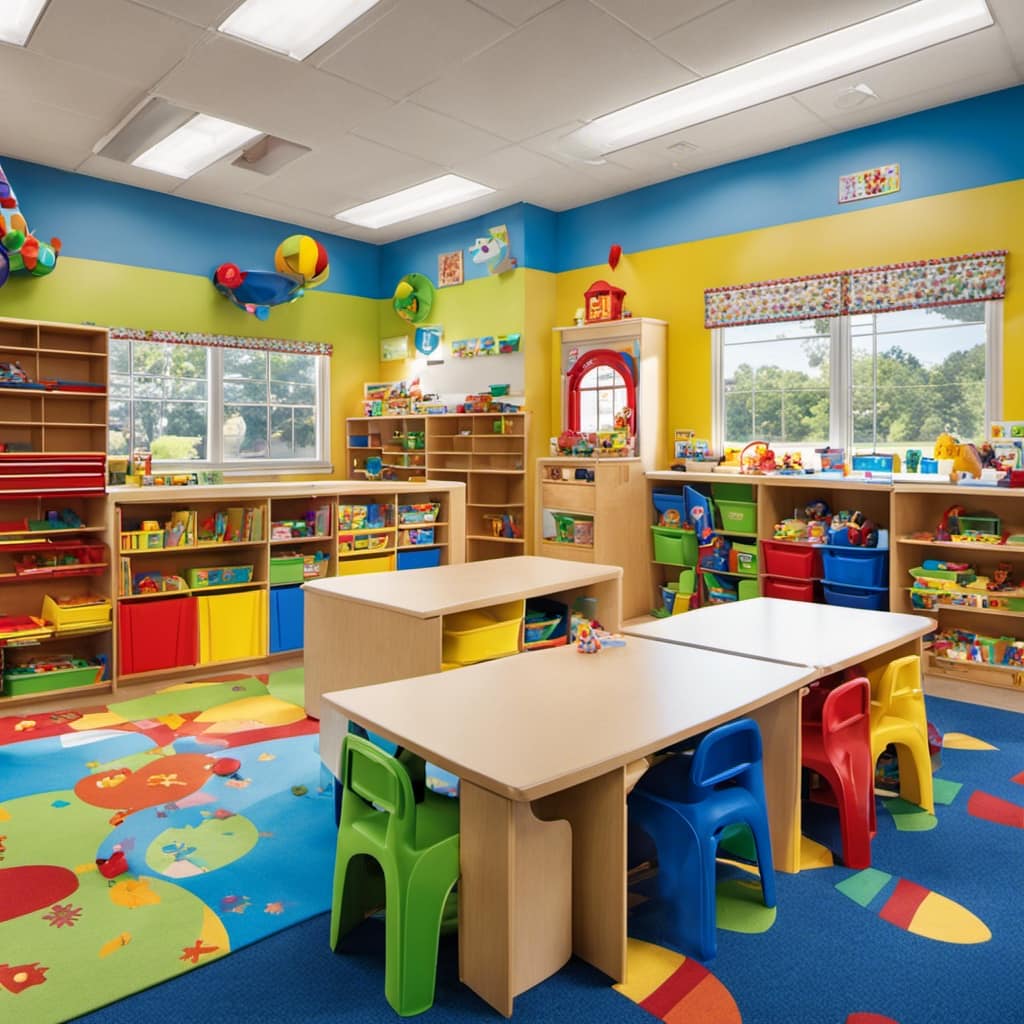
By providing magnetic building blocks, coding robot kits, engineering construction sets, science experiment kits, and math manipulative toys, we can foster a love for learning and set our children up for success in the future.
Mila, a gifted writer with a heart brimming with enthusiasm for child development and playful learning, is the creative force behind the enchanting narratives and insightful articles that grace Toddler Ride On Toys. With a background in early childhood education and a genuine passion for nurturing young minds, Mila weaves words that captivate, educate, and inspire parents, caregivers, and educators.
-
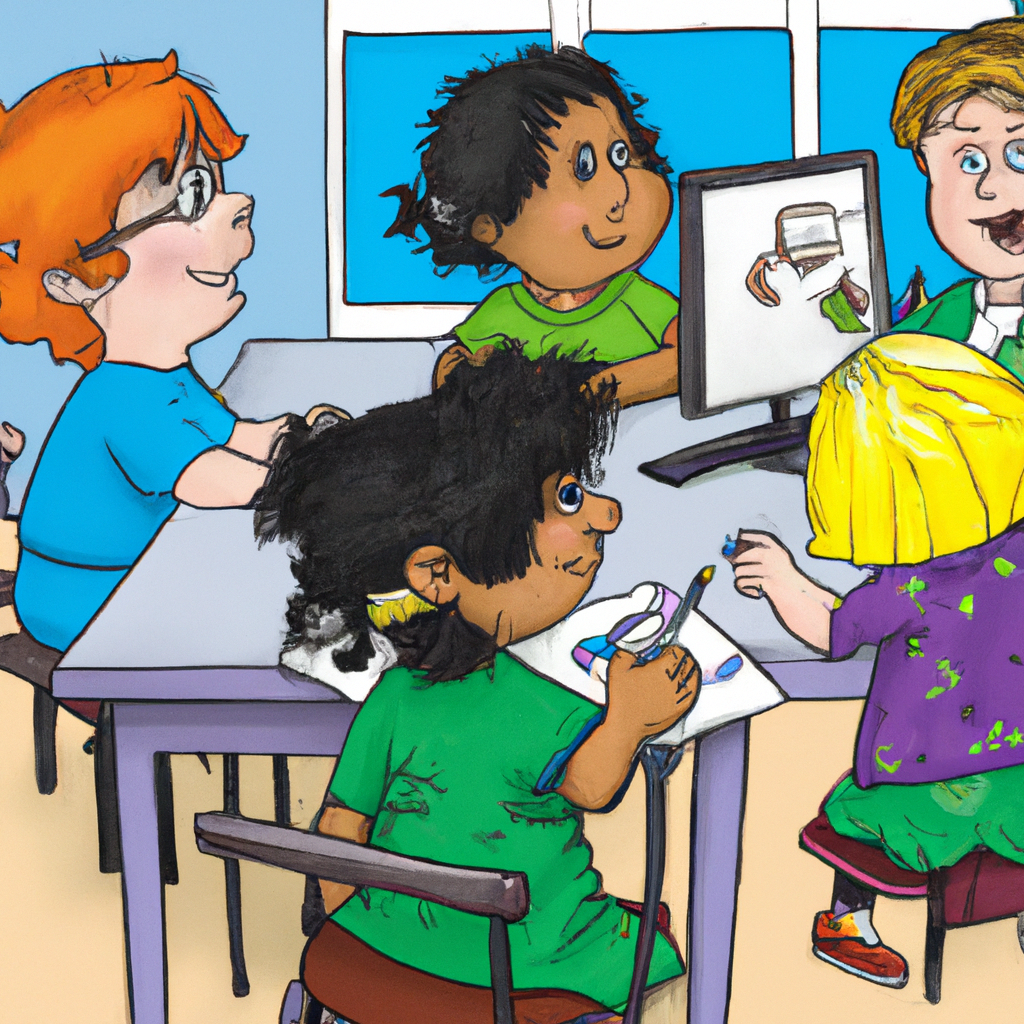
 Child Development3 months ago
Child Development3 months agoWhat Is a Theory in Child Development
-

 Child Development3 months ago
Child Development3 months agoThe Science Behind How Parents Affect Child Development
-
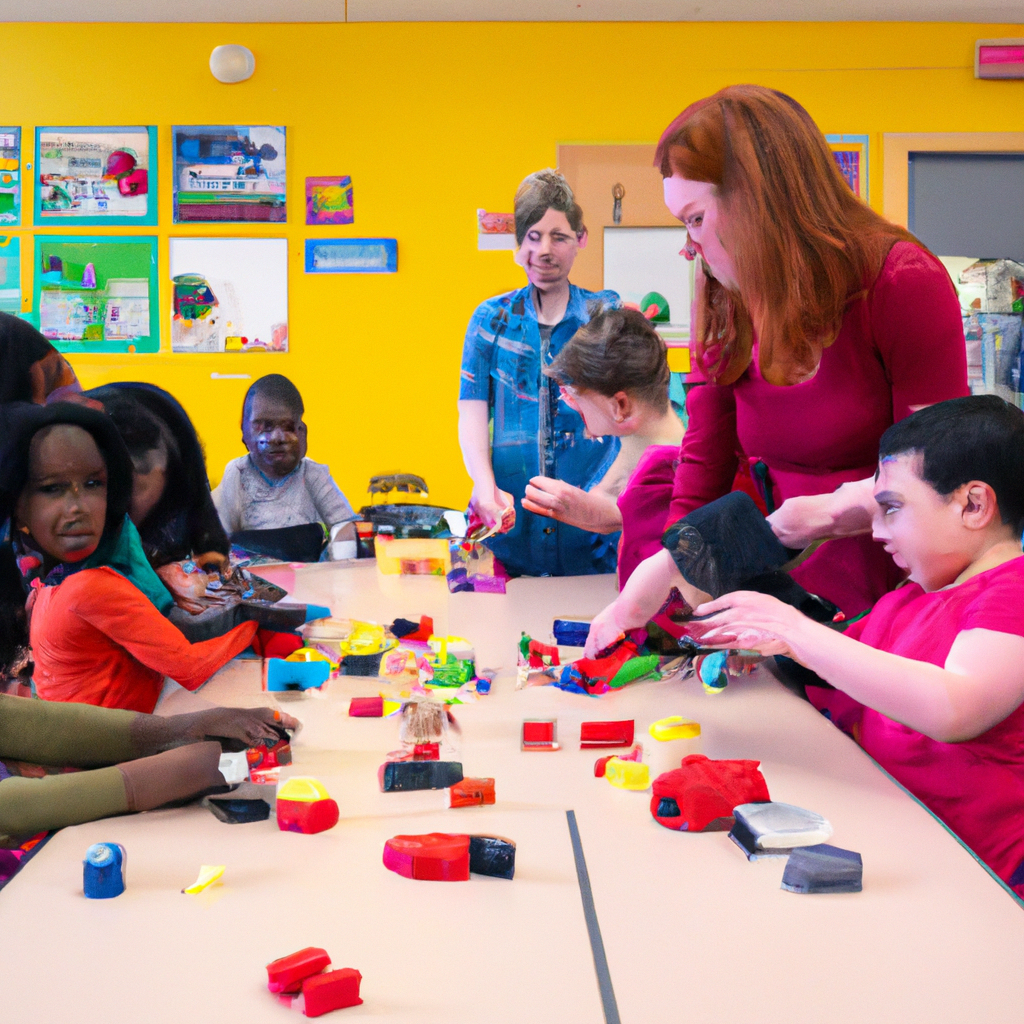
 Child Development3 months ago
Child Development3 months agoWhat Do You Do in Child Development Class in High School
-
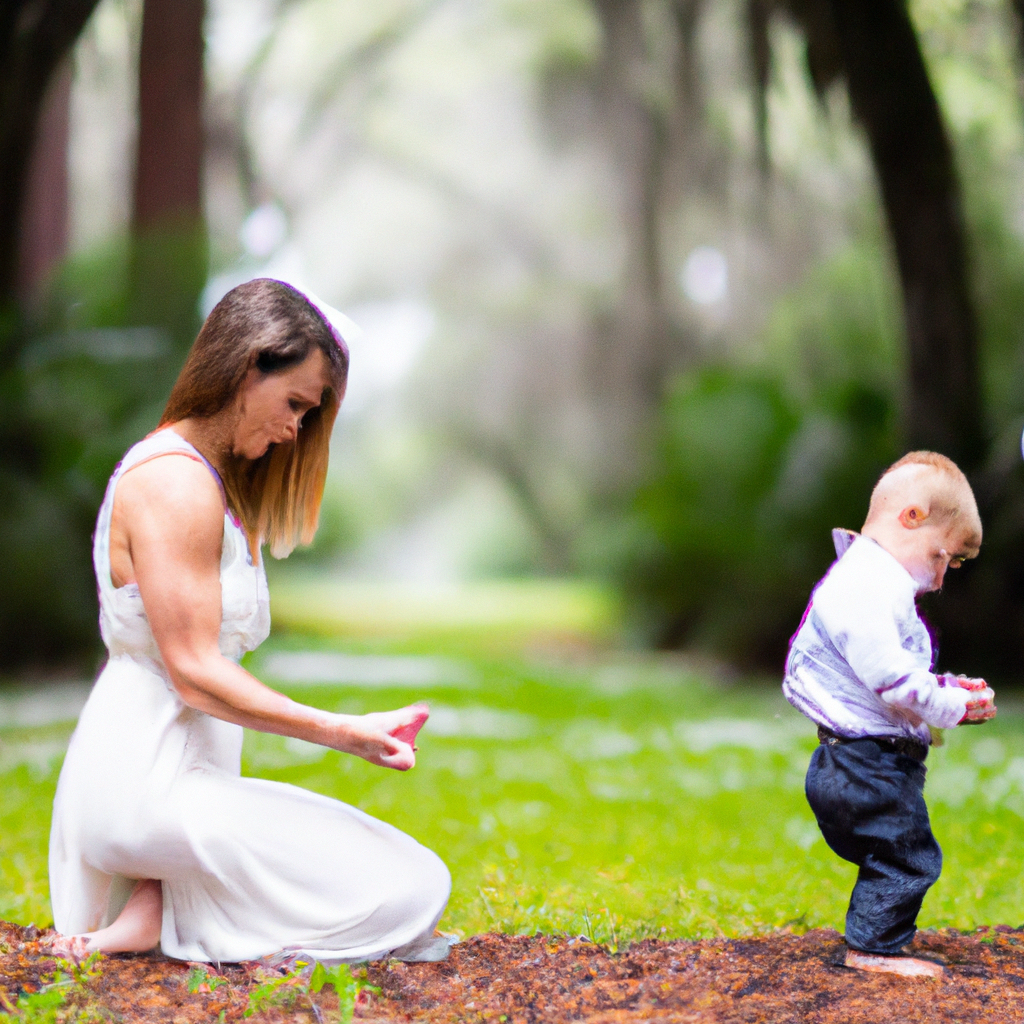
 Child Development3 months ago
Child Development3 months agoHow Parenting Styles Affect Child Development
-
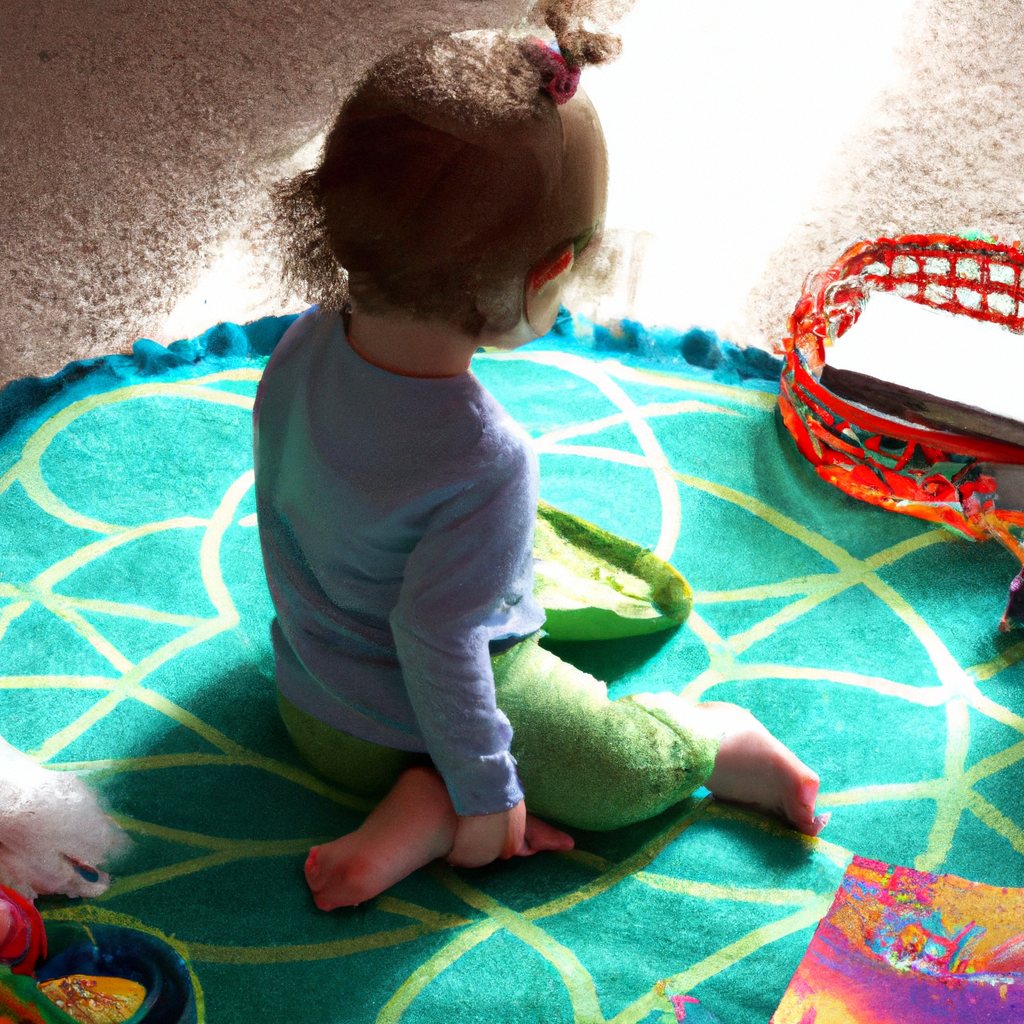
 Child Development3 months ago
Child Development3 months agoWhat Is Child Development?
-
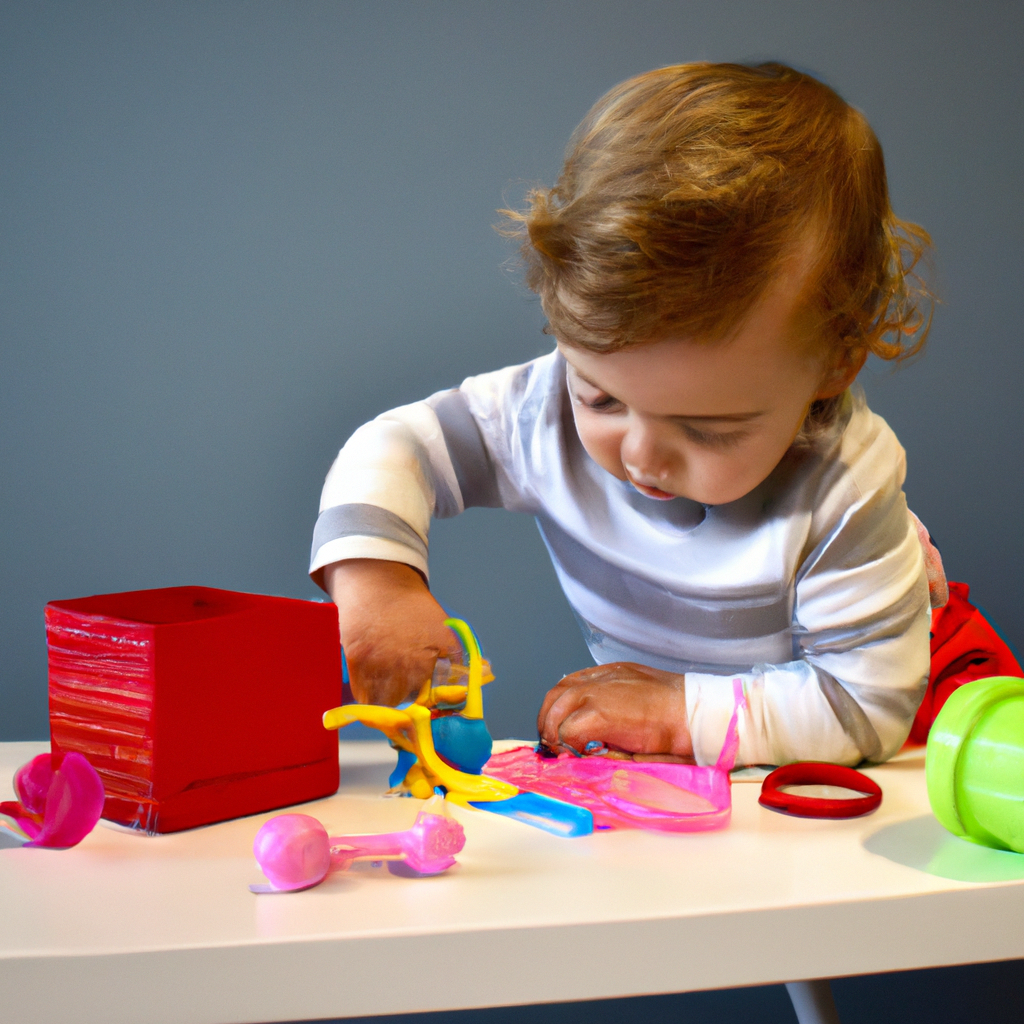
 Child Development3 months ago
Child Development3 months agoHow Does Piaget’s Theory Impact Child Development
-
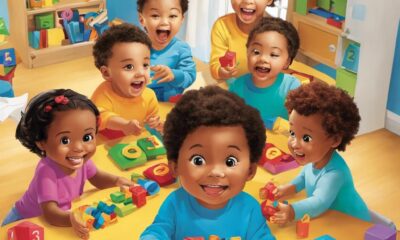
 Preschool Toys6 months ago
Preschool Toys6 months agoTop 8 Interactive Role-Play Toys for Preschoolers Reviewed
-
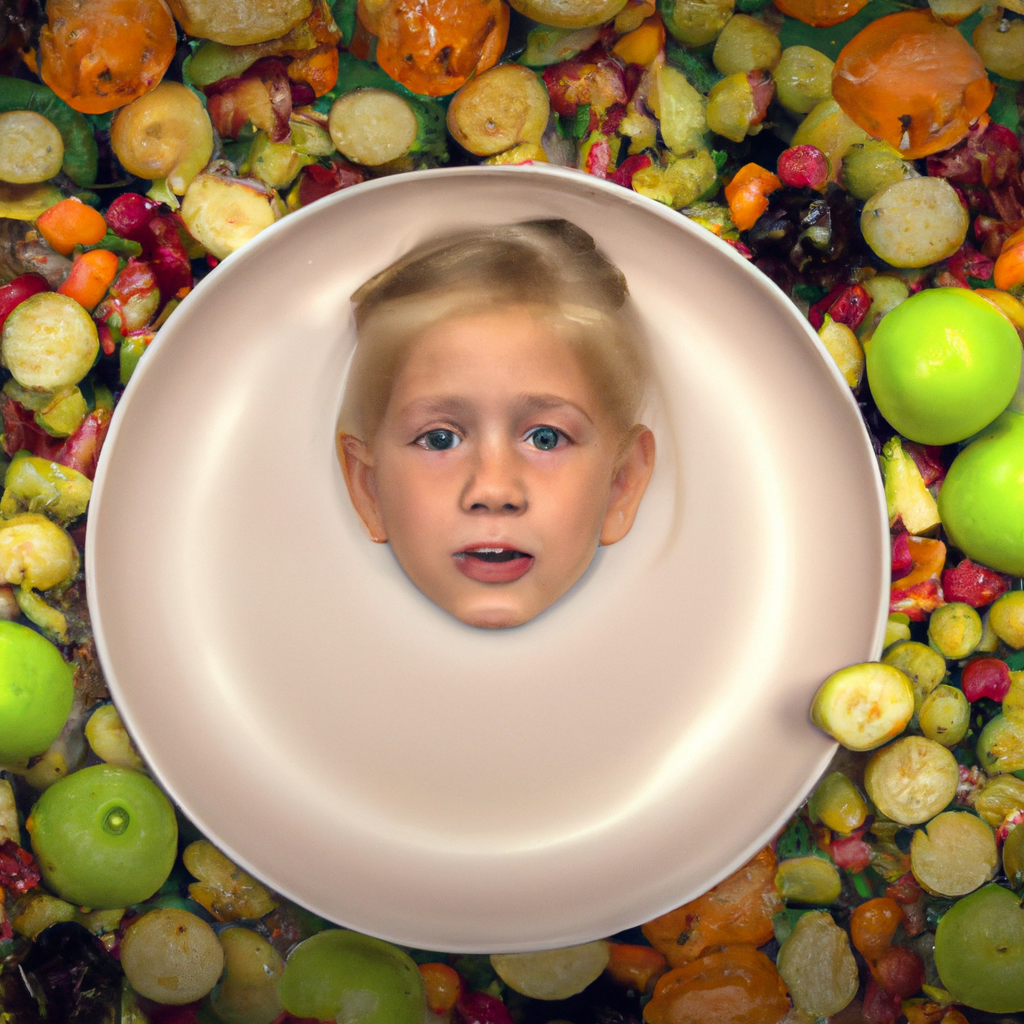
 Child Development3 months ago
Child Development3 months agoHow Does Food Insecurity Affect Child Development











